Decent Italian food can be had if you walk from the MRT by the water past most of the shops....
|
Taipei 101 is probably the most well known building in Taipei itself. It was at one point the world's tallest building. The mass damper (that big sphere thing) is what absorbs the energy from the wind that hits the building. It is the largest damper sphere in the world. There are two observatory decks-- inside and outside, but frankly the inside one has a lot more to see-- I mean, there were tons of outdoor tracks and helicopter landing pads and things you could see from the inside deck! You can also watch the planes fly in and out of the nearby airport. Tamsui is a small fishing town located at the end of the red line from Taipei. It seems mostly like a touristy spot for young families and couples-- and has a sort of Venice Beach/SF Fisherman's Wharf feel to it. There's a pretty famous bridge known as "Lover's Bridge" which is about a 45min ride by bus from the MRT station. Decently crowded on a Monday night.
Decent Italian food can be had if you walk from the MRT by the water past most of the shops.... Historical Taipei: The Red Playhouse, Chiang Kai Shek's House, and the National Palace Museum1/8/2016
A historic theater in the Taipei Ximending area-- I noticed it as we came out of the MRT to go to Ximending (which is a local night-life/young people area). Great history (most of it was in Chinese) and there are some local artists with their wares in the back. It was built when Taiwan was a Japanese colony-- originally as a market building, then a theater, and now a tourist attraction. Yangmingshuwu (aka Zhongxing Guesthouse) was the summer residence for Chiang Kai-Shek in the mountains of Taipei. Full of historical photographs of meetings with important people (mostly Western powers) and relics from the Chiang's life (like old outfits and a watercolor stand)-- it was a pretty grand place (which made me wonder about how lavish their life must have been). Beautiful grounds with secret tunnels, alcoves for hidden guards and machine guns-- this is like Taipei's version of Hearst Castle. The easiest way to get here is probably by taxi-- and there are roughly 4 tours that run every day (probably best to call them before you go). It didn't seem like you were allowed to wander around the premises. The National Palace Museum is probably most famous for it's cabbage and pork belly jade carvings. Unfortunately the cabbage has been relocated to the newly opened National Palace Museum to the south (but they have pictures of it up in case you wanted a closer look). Really intricate jade carvings, woodblock prints, furniture, sculptures, cauldrons, paintings, and jewelry are located here. Apparently only 1% of the collection is displayed at any one time. If you walk to the library (which is across from the main building and behind the food court area) there is a timeline that shows roughly when things were brought to Taiwan from China. Basically Chiang Kai Shek "stole" the artifacts from Beijing and brought them (mostly on the beds of pickup trucks) across rafts and into a vault that's been dug into the side of the mountain. Apparently Chiang not only stole the artifacts but also stole most of the gold, which is why Taiwan was a force to be reckoned with in the late 40s.
Easiest way to get here: MRT then take a cab. There is a bus system that runs but it's quite a distance from the station and cabs are cheap. Mandalay-- it's like the closest thing I've found to LA in all of southeast Asia. It's probably the combination of multi-storied buildings with a distinct lack of energy/the feeling that most people don't live their lives on the street. Not sure if it was the fact that Yangon was my first city in Myanmar, but this 2nd largest city just doesn't have the same sort of energy. (Probably doesn't help that we got in on a public holiday-- the full moon of the beginning of Chinese lent.) Everything is deceptively close on the map. City blocks here are huge! Be prepared to walk a lot. I can't decide if it's this way because it's been occupied by both the British and the Japanese-- like perhaps it has a grid design because it survived some awful bombings (which is why the grand palace is nothing to look at now since the Allies razed it since it was a Japanese stronghold during WWII). So how much time do you need here? That totally depends on if you 1) find a good guide/english-speaking taxi driver, 2) What you're interested in, and 3) where you're located. This city is expensive in terms of acommodation and transport. Hotels will pretty much only direct you to car taxis (not metered, and expensive in comparison to Vietnam-- 5000 kyat for 1-way trip of like 15 blocks). If your hotel has bikes, that's probably a better way to get around since the city is pretty flat and there are at least some traffic lights. Traffic overall was much better than Yangon (at least it flowed in rush hour). Also, low season + random cyclone that we happened to get stuck in = not fun. Mandalay has 1 of 2 modes (confirmed this with a local): Dry and dusty, or wet and muddy. (I'm sure that's true for Bagan as well.) Some tour companies won't be able to run their usual tours when it pours. Initially had planned to go on the cycling tour of the old capitals surrounding Mandalay but it was too wet to do so! (Our guide who ran the foodie tour we had to take instead told us that the paths had a lot of mud and if you rode on the trails they typically took, you'd be up to your hips in water.) Places of Frustration in Mandalay: So... Diamond Plaza might be "the place to go to buy things in smaller quantities than at the Zecho/Zegyo market" but it's incredibly frustrating to get into. There seemed to be only one entrance in (the other entrance goes to a different part of the mall that is more or less deserted after 7:30pm and the floors above the 3rd floor were dark and shop-less), and it's an incredibly large space. I will say that the market in the basement had a good selection of Myanmar music, food, and random goods, like fuzzy flip flops. It was sort of a very compact Walmart. Places to Eat in Mandalay:
MinGaLaBar Restaurant Great food, wasn't concerned about sanitation (the food was kept in an enclosed space). Even though we sat in the downstairs non-airconditioned part, it was still quite pleasant. (Yes, air conditioning exists upstairs.) Bagan: temples, temples, temples. The only time you don't see them is when there's stuff blocking your way, like trees or buildings. But otherwise, this is a flat area covered in remnants of an 11th-Century empire. I now understand why no one travels overland between these countries. Even though roads are nicely marked on maps (including my beautiful map from Kinokuniya that has been a lifesaver) everything is dirt in the countryside, and has no road signs. That dirt turns into mud when it rains. We had the unfortunate luck (or fortunate, because it was a lot cooler than usual) of being in Myanmar just as the cyclone passed over our heads. Mud. It wasn't quite as bad as when we were all in Phong Nha (for that I say if you really are a die-hard minimalist shoe wearer like me, then get a shoe that has real traction because sneakers with smooth soles (though I love my Lems shoes) really suck when it comes to mud). We weren't really able to ride bikes with all the mud and the rain (5000 kyat for a day) so we hired the hotel car (their taxi) to drive us around for the day (which if I recall, was about 30,000 kyat for the half day). Although we couldn't see much out the windows (thanks to the annoying shade-dot-logo things), it did mean that we could hunker down and hide in air conditioning (and get eaten by mosquitoes). We asked our waiter at Zfreeti Hotel (who had great English for only learning for one year in Yangon) about some recommendations for places to visit. I will say that one of the temples he pointed out was phenomenal. In some sense we made the mistake of going there first (beautiful area, carved/built into the cliff, has underground tunnels that are sort of blocked by the sand but they do lead to the other major temples in the area) and it was so cool because we had the place all to ourselves. Now that would probably be a pretty sweet archaeological dig to lead. We visited the village that our friendly waiter pointed out (it's sort of behind the large cylindrical viewing tower)-- my friends said it wasn't quite as bad as the village they visited in Sapa, but there were a couple of things I found obnoxious. First off, no Burmese person up to that point had ever to my face told me, "I want to sell something to you." Additionally the tour was mostly a quick walk through the village, to the guide's house, and then to the various shops they had that sold goods they supposedly made, like handcrafted silver, carved horn utensils, and woven cotton bags. I understand that these people would like to just live off of the money that tourists give them (and I understand that they are poor people) but asking one person in the group for a "money present" instead of assuming you'd tip or even just being happy you visited and bought some goods-- I thought that was a little unusually rude for the Burmese people. What my friends and I were hoping for was an authentic village where we could observe how they lived, maybe chat and talk or enjoy a cup of tea, not just be walked through and then told to buy things. I guess maybe I set us up for that when an old lady smoking a cigar came out after me and I took a picture of her and she demanded money and I gave her some (and her daughter who was carrying her baby asked too). I had seen similar things happen in Vietnam but I guess I feel that although these people may need money for better living conditions, me giving money directly won't exactly impact or change their lifestyle for the better (for all I know I could have been giving the old lady money to buy more cigars). Food: Be Kind to Animals / The Moon-- great tea, so-so food. Maybe I felt disappointed (after all it was rated #1 on Trip Advisor) or the fact that I'm a hard-core meat person, but nothing here felt really satisfying. Weathervane-- Super Western with decent Burmese food. The first place I've eaten Tea Salad at (quite tasty with whatever crunchy/roasted bean they put inside). Their curry was also yummy (didn't burn like the Shan curries) and a lot thicker than what we had previously seen at most other Burmese places. If you want a burger (my friends said both burgers were good) and a selection of pretty decent desserts, and you're craving good western food, not a bad place to come. Where to stay: In general if you come during low season you can stay wherever you want. New Bagan (to me and my friends) didn't seem interesting (though the older folks we met who were easily in their 40s/50s liked it) and we preferred our accomodation in Nyaung Oo. Unless you really want to spend time learning about Lacquerware, or want to eat at a local tea house, I can't see why you would want to be in New Bagan. Zfreeti: Not the best hotel ever (spotty wifi, kind of old rooms) but it does have a swimming pool, spa, nice E-bikes to rent, and all of their staff who might have to interact with customers speak decent English. Crown Prince Hotel: Things I liked: Wifi (best I've had the whole trip), Good selection of TV channels (oddly the satellite/international news and stuff only kicked in at night), and great in-room air conditioning. Things I didn't like: Restaurant (stuffy and slow food-- seemed like 1 guy took your orders and cooked in the back), and honestly I don't know how well these folks are doing because the manager came out and asked me to write a good review for them. As far as I could tell they didn't have any E-bikes to rent, and it felt a ways away from everything that was sort of "going on." Temples I thought were interesting: Shwesandaw (sunrise/sunset temple--though you won't see those when it's rainy) Ananda (one of the largest temples) Upalithein Unesco mural one
As one of my Oxalis guides, Tang, was recommending me to take the sleeper bus from Dong Hoi to Hoi An, I was trying to recall why exactly I had booked a day train ticket (that required us to leave Phong Nha at 6:20AM). After some checking of the train schedule I remembered it was because of Seat 61's recommendation to see the route from Hue to Danang during the day, saying that it was one of the most scenic train routes in all of Vietnam (admittedly I thought the same when we cruised through one of the stops prior to Dong Hoi a few hours south of Ninh Binh). Unbelievably clear blue water and pristine beaches.... The only odd thing about the journey was as we approached Hue, loud blaring music came on, and I was thinking, "Wow, so Vietnamese trains blast music like how folks say Myanmar buses do?" But then it turned into a really pleasant announcement in English about the historical capital of Hue and how it was a UNESCO site. Some folks we met actually recommended Hue and said that it was less touristy than Hoi An. Next time, I suppose, I'll have to come back for a seafood-themed trip. (Apparently Danang itself has a lot of great seafood places.) Is the train's food safe? I think so!Ok, so maybe I won't eat the steamed corn because the lady de husks it with her hands and doesn't clean them between handling money and touching the corn. And maybe I didn't try the rice porridge (they tend to ignore folks who are obviously not Vietnamese-- and I was too slow every time I saw the porridge pass by). However, on the way south there was a nice lunch cart that pulled through. Handy tip: If you want food, there is actually a lady who passes by and sells lunch/meal tickets, but don't freak out if you don't buy one-- the helpful cart people will gladly tell you the price (30,000 Dong) and won't deny you lunch just because the meal ticket lady ignored you. It wasn't bad-- soy chicken with cooked veggies, rice, and soup. My point is, there are good and cheap options, and the folks who serve those who ride the train surprisingly don't jack up the prices for foreigners (seriously even the stalls at the Danang train station were selling lots of food and drinks for cheap).
Probably best known for Son Doong, the world's largest cave, thanks to the photoshoot in National Geographic, this Karst mountain region is now fairly well known. The whole area is remote and about an hour'drive from Dong Hoi, which is a major train stop between Danang and Hue. Interestingly enough, all the towns here are practicing Catholics-- the place is full of churches. I could have sworn I saw an Asian-looking version of Madonna and Child..... interesting facts about the area:
Exploring Hang En (Swallow Cave)-- the 3rd largest cave in the worldAfter some gross camping experiences in New Hampshire a couple of years ago, I was pretty hesitant to go camping again, but overall I had a great time on this 14 mi round trip trek. The whole trek was full of pretty incredible stuff, like the minority village people to the beautiful mountain scenery and of course, the Hang En cave itself. Words and pictures can barely describe how large the place is. It's got great acoustic properties-- imagine my delight when the cave reverberated with my sneeze! Apparently someone brought their banjo at one point and it was a great performance so if you feel up to trekking with an instrument, this could be a cool venue. If you're interested in taking photos (like I am) then most of the time you'll find that since almost everyone on these treks carries a camera of sorts, the guides are quite good at telling you where to take photos, will take photos of you for you, and will help organize the other folks on the trip to do some "light painting" for long exposures. We've traveled with 2 different companies on this trip, Phong Nha Discovery and Oxalis-- and I can tell you that Oxalis takes very very good care of its customers and ensures that they have great guides who are fluent in English. If you're coming here to go to Son Doong, Hang En, or Tu Lan-- look them up. If you're looking for the standard tourist trap caves (which are impressively lit up and I quite enjoyed because of the various formations they had), then you can either go yourself through the Phong Nha Ke Bang visitor center, or just go with a tour that your hotel/homestay/hostel can easily arrange. If you're considering going there (and you don't camp often, like me), you might want to be prepared for what's ahead:
The Warmup Act to Hang En Phong Nha Cave-- must get here by loud motorized boat (that gets paddled through later on)Paradise Cave: Like Jurassic Park minus the dinosaurs (probably because of the golf cart ride from the gate to the carved staircase up the mountain to the entrance of the cave)Beauty of the surrounding areaGood Food Exists!
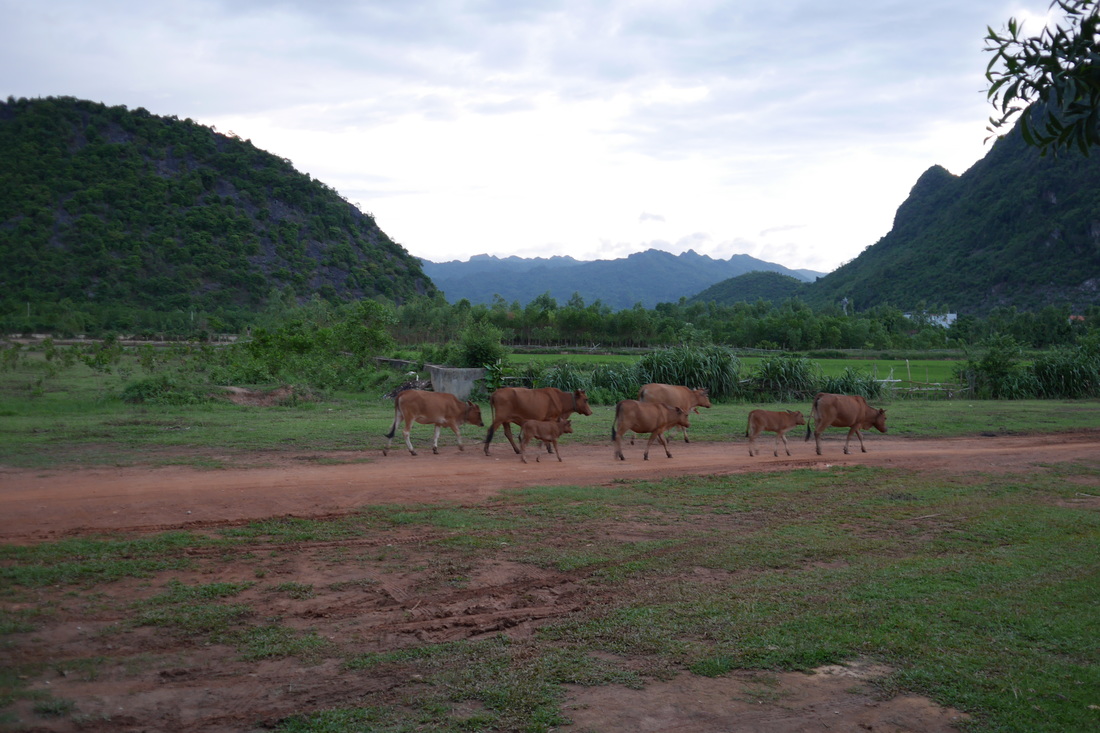 The view I'm paying for, haha. No but in all seriousness, Jungle Boss Homestay was excellent, even though our host, Dzung, couldn't be there (his wife had just given birth to his 2nd child when we arrived). He leads a tour to the old part of the Ho Chi Minh Trail and does a whole history + jungle survival lesson and I bet gives an interesting perspective of the war itself. So... Ninh Binh is a very industrial area of Vietnam. It was pretty awesome in the sense that I got to see folks take apart old motors and pull out giant bandsaws out of trucks, and offers a side of Vietnam that doesn't cater towards tourists. After eating the mystery meat BBQ the other night, I realized that there was an easier way to determine what food was on the menu: by using Google's image search. Another interesting fact about Vietnam as an ex-French colony is that it still has a large concentration of practicing Catholics. We rode all the way out to Phat Diem Cathedral (about a 40 min drive from Ninh Binh) to have a look and walk around. It was surrounded by wedding shops-- and the town was obviously there to cater to the working class and the various Vietnamese tourists who happened to go by. I'm not so sure I would want to go that far out to see it again, but it was a very odd mixture of Chinese temple and Catholic church. And boy oh boy do I wish I had a Vietnamese phrasebook! Then it was off to Tam Coc, where we stumbled upon Father's Restaurant (which I had read good reviews about) and the three Asian kids definitely approve! If you happen to go, be sure to get their fried rice. In comparing Trang An to Tam Coc, I think I prefer Trang An. The countryside next to it seemed more beautiful (especially on that drive to Hang Mua) and I appreciated the lack of touristy feel (granted we were also there on a weekday but we weren't pressured by the boat driver to buy her handicrafts). And if you're really wondering what Ninh Binh has to offer besides boat rides and religious sites, check out the vendors at Cho Rong Market-- open in the morning and the evening (but not many folks are open past 6pm). I think renting a motorbike to go around the side streets would have been pretty worth it (and for ~ $10 US would have exposed you to what living in Vietnam is really like).
It was quite a relaxing ride by train from Hanoi to Ninh Binh, although a bit rocky and bumpy in parts. There's rice growing all around the city! We arrived (after a few frantic Google Maps checks to make sure that the previous 2 stops weren't Ninh Binh) around 11:30am (took the 9am out from Hanoi) and found ourselves not as close to our hotel as we had liked (apparently the train now stops at the new train station and although Google showed that the hotel is close to the train station, it didn't show both stations, just the old one). It's a little bit eerie, stepping into this industrial countryside town. It's not quite as bustling as Hanoi and is way more spread out. It almost felt like a ghost town. I kept seeing all these folks waiting at their stores-- which made me wonder (because we did see a lot of people just sitting and relaxing in Hanoi too)-- what exactly is a typical day in the life of a Vietnamese person? Do they work? Or is it like they have specific seasons where tourists come by? In any case, it was odd, and it was a little strange to have so many pushy people try to get you to take a cab or go to their hotel. We had a tough time differentiating between who was trying to get us to buy something and who was just trying to help. But hey, we came here for the view. (Or at least, that's why I dragged everyone else along-- I wanted less-touristy Vietnam and I certainly found it.) But as my cousin put it as we hiked up the ~500 steps to the top of Hang Mua to get a good view of Tam Coc: we tortured ourselves so that we too could take "stock photos." Before getting to Hang Mua (Mua Cave-- pronounced Hang M-oa emphasis on the oa) we took a taxi to Trang An, a local limestone cave area that is very scenic (and apparently is a newer tourist attraction as it was built to attract Chinese and Vietnamese tourists around 2010. After all this we decided to head back to Ninh Binh for dinner. However, it was pouring by the time we arrived at our hotel and we didn't want to chance it with the lightning and thunder going on outside. Finally when it seemed to calm down for a bit I ventured out on the town with my cousins. Boy, is this a sleepy town. We crossed over the river, and noticed that there weren't a lot of restaurants so we headed back to where we saw all the people hanging out.
It so happened that we found a Vietnamese BBQ/Hot Pot restaurant (heated by real charcoal)! Missing my summer BBQ I decided we'd eat BBQ (meat!!). If we could only decipher the menu.... Many Google searches later, I'm still at a loss as to what these places are called, and what exactly it was that we ate. Food.Fine dining you can afford: Cau Go Vietnamese Cuisine, |
Adela WeeTraveling the world since 1994. Taking notes about the places I've been so that friends and family can go there too! Archives
January 2016
Categories
All
|
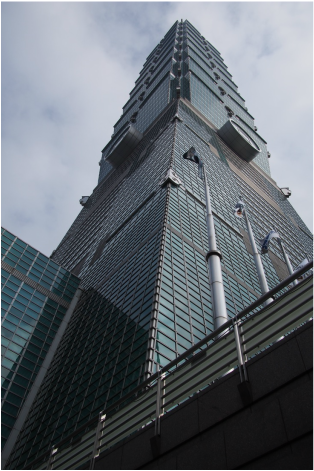
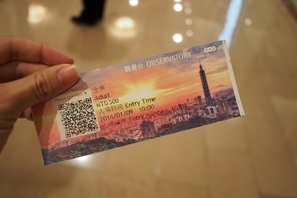
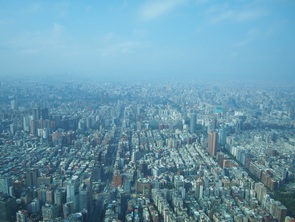
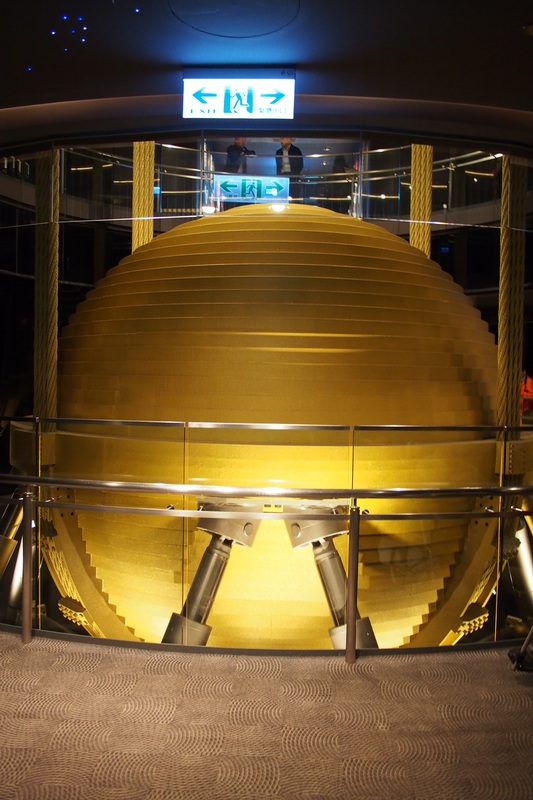
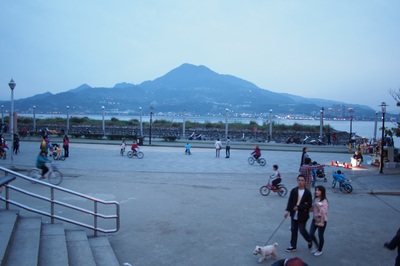
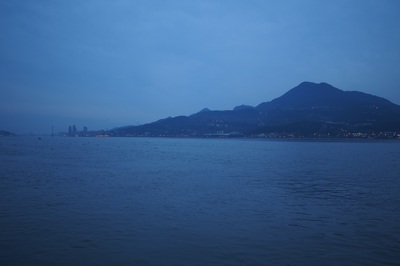
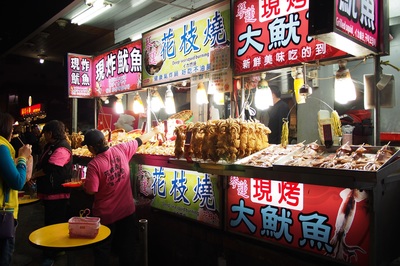
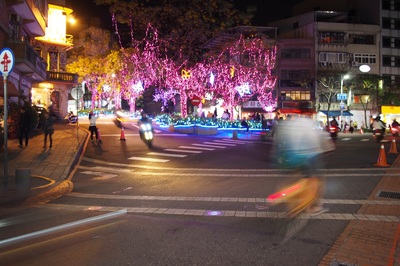
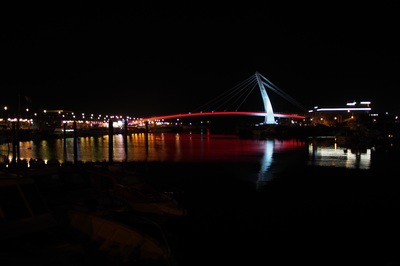
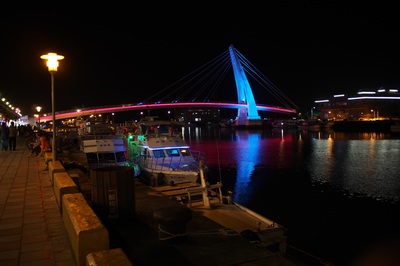
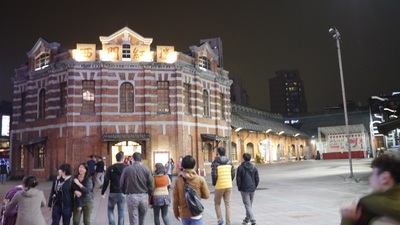
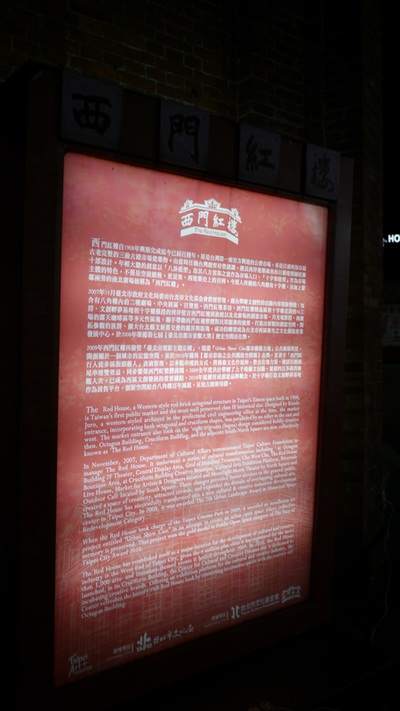
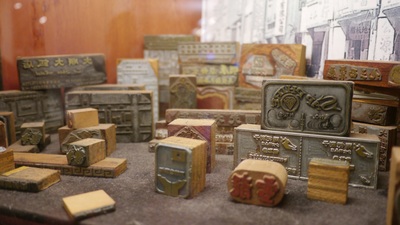
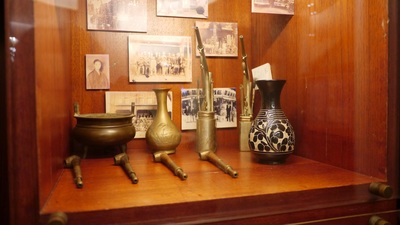
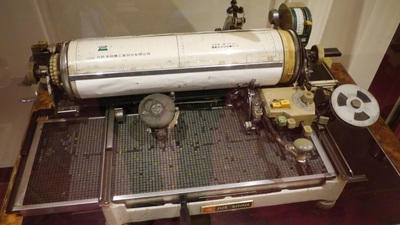
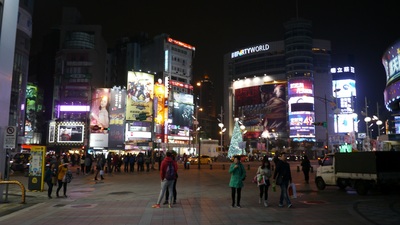
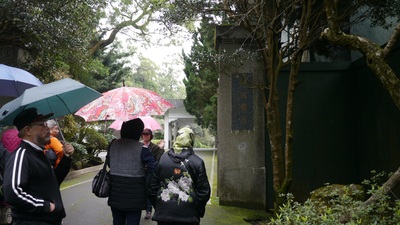
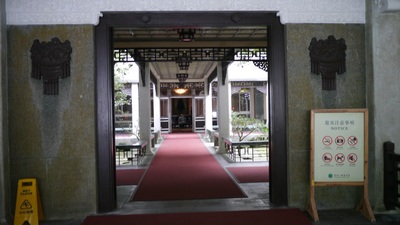
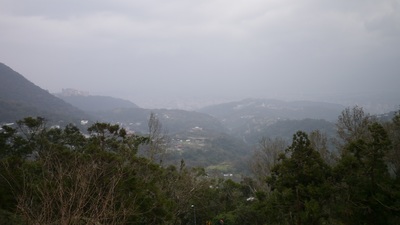
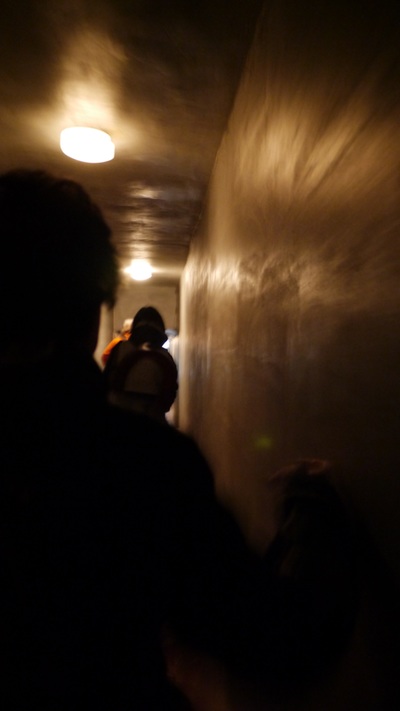
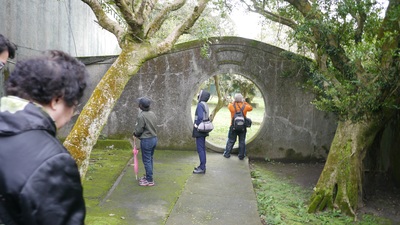
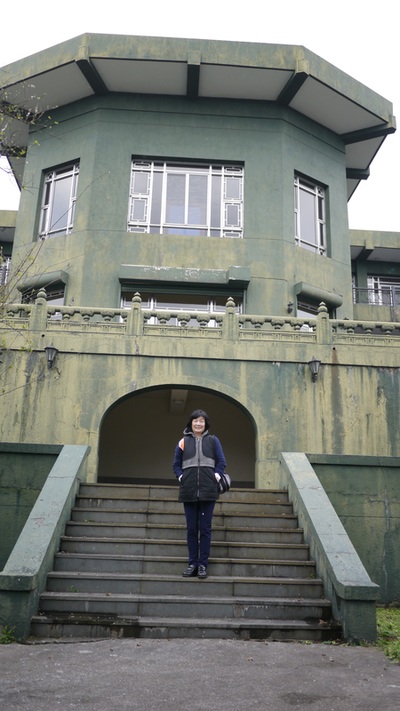
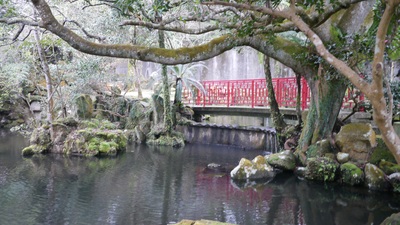
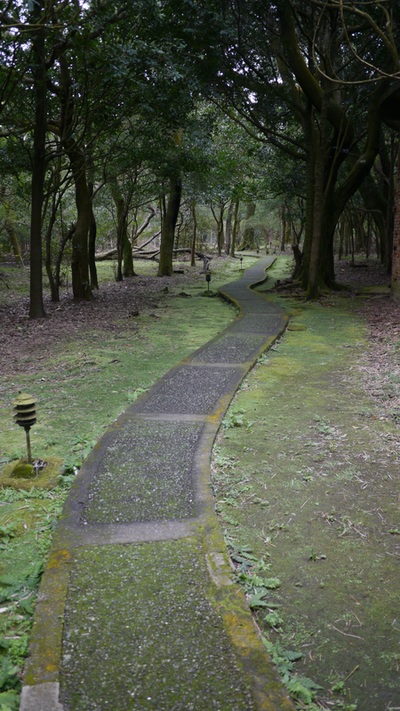
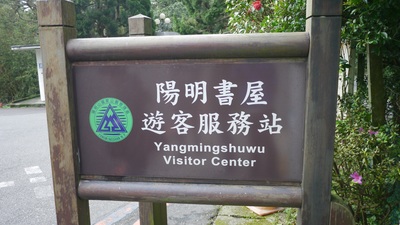
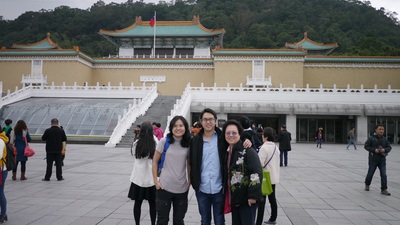
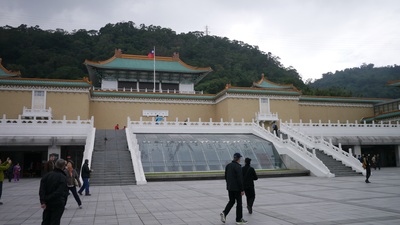
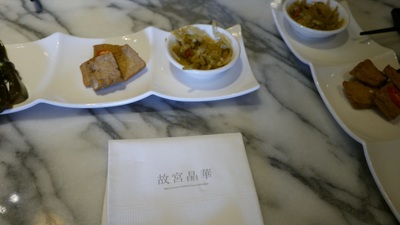
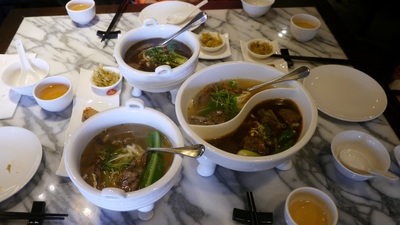
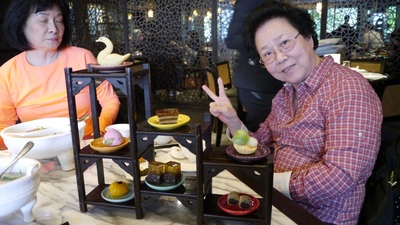
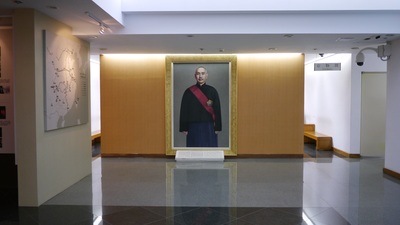
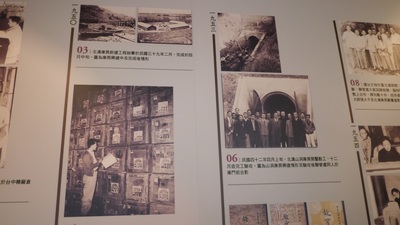
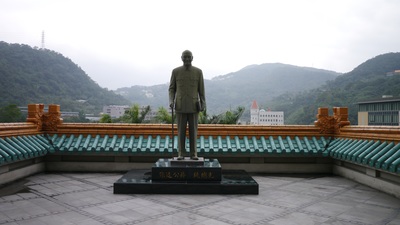

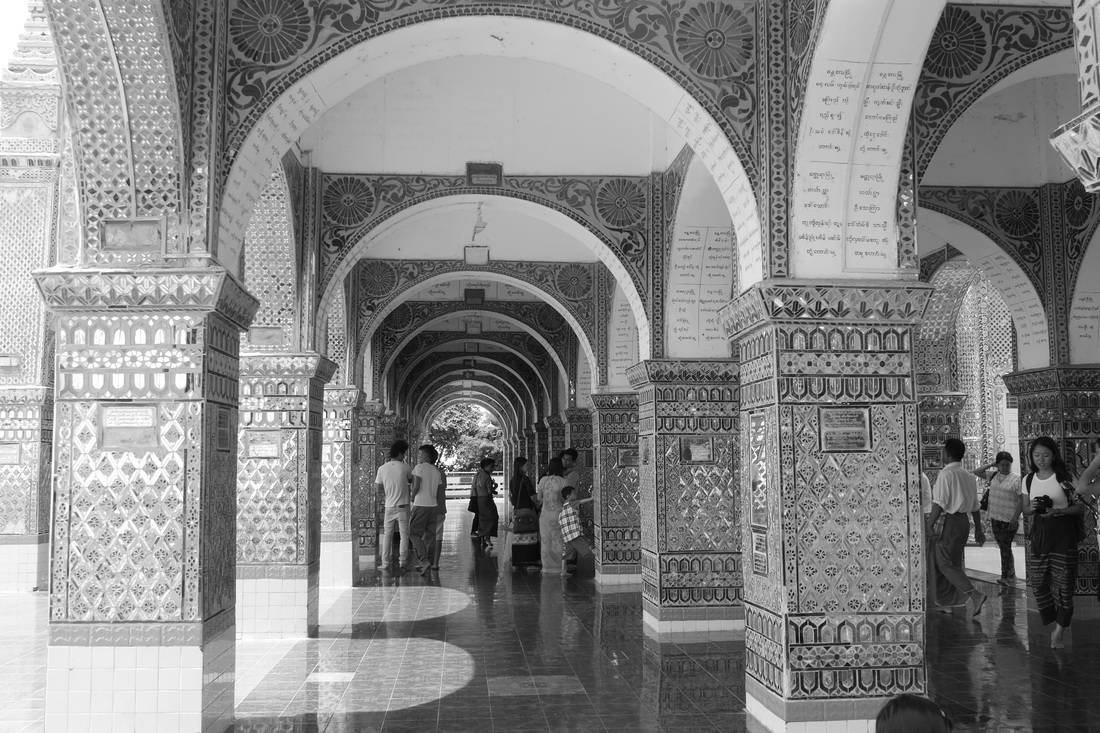
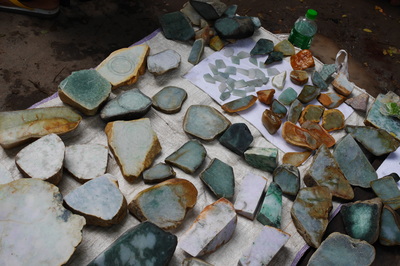
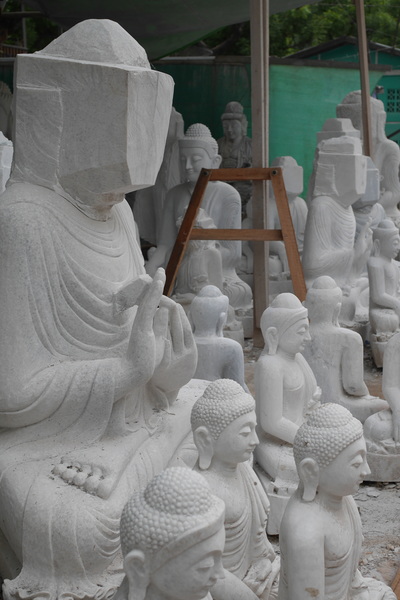
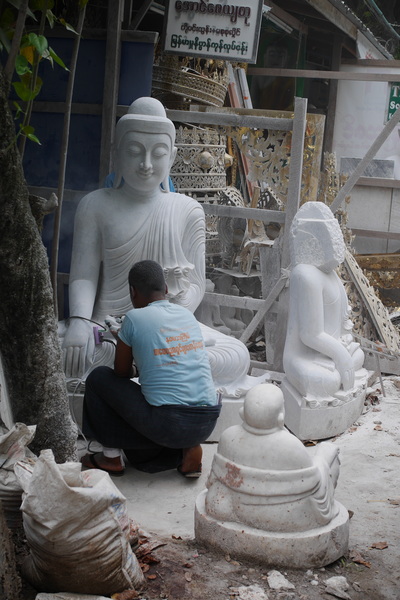
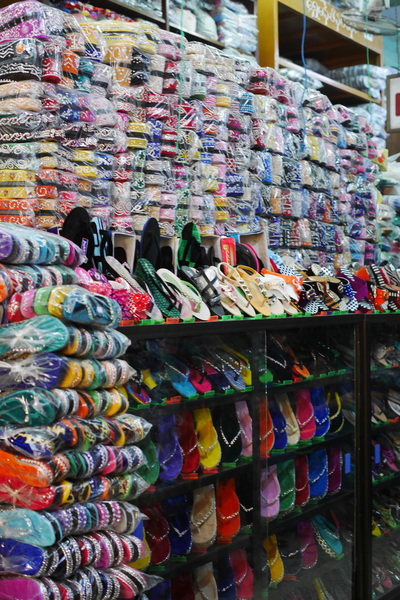
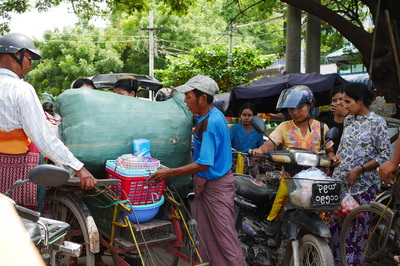
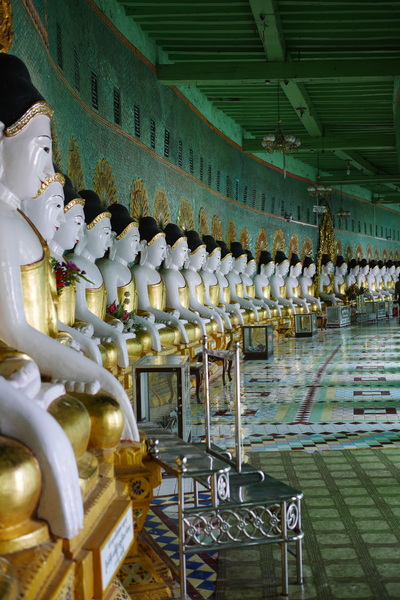
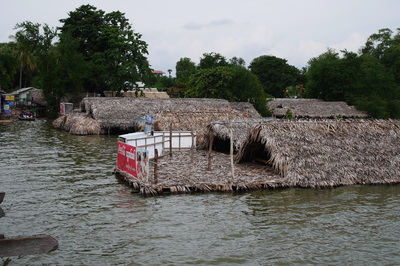
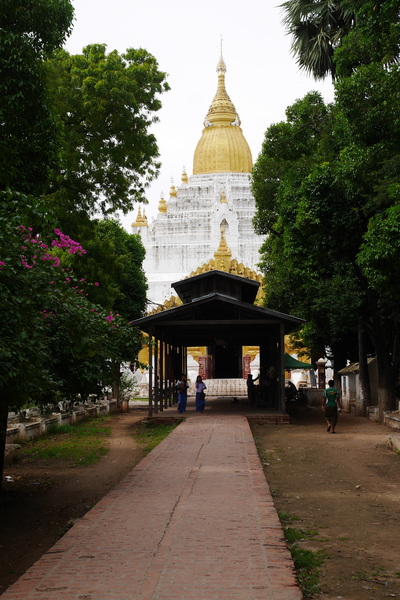
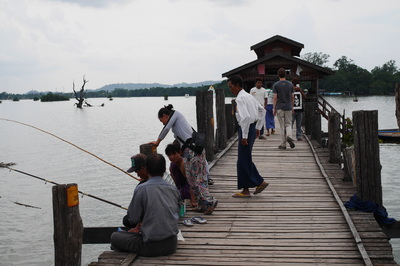
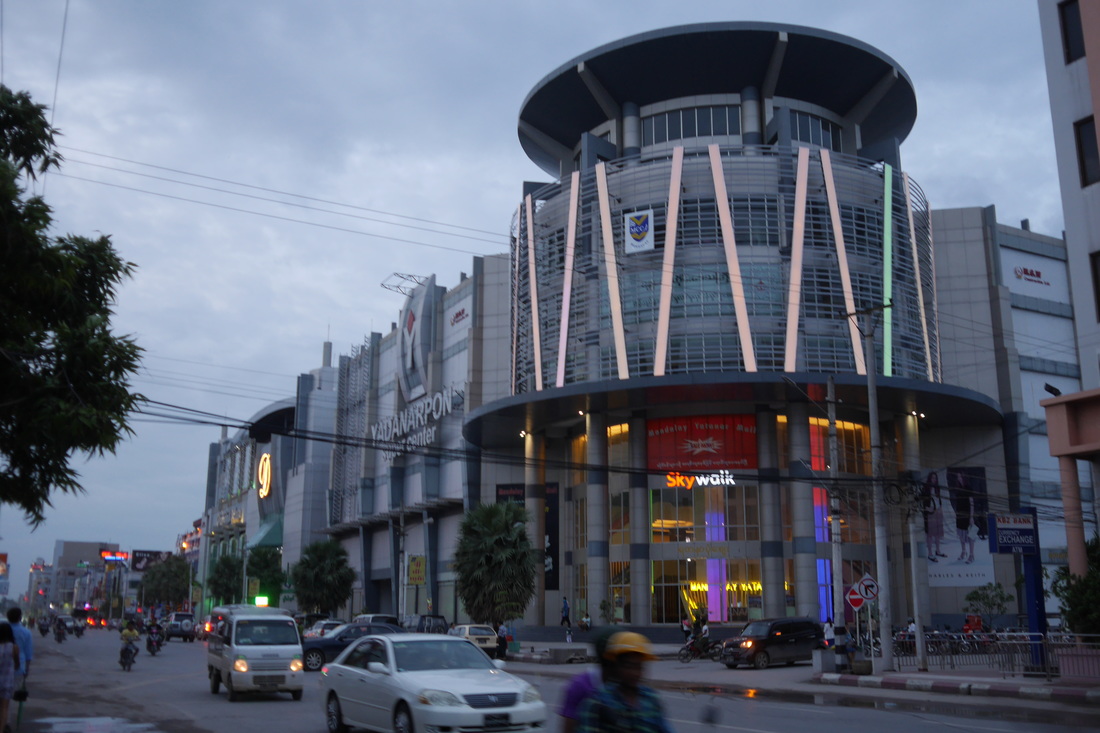
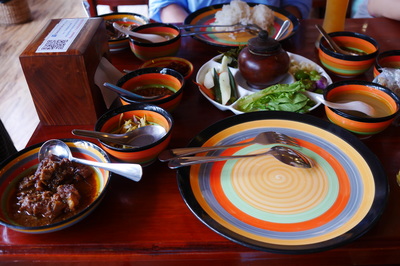
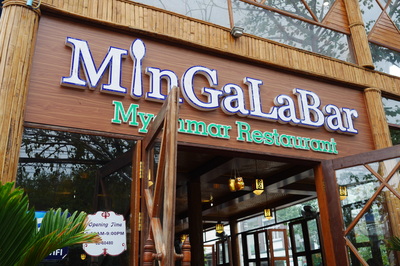
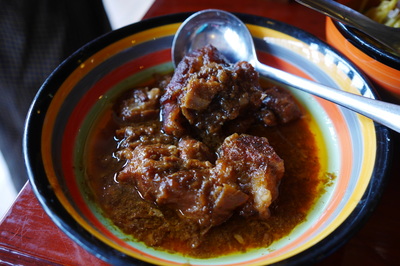
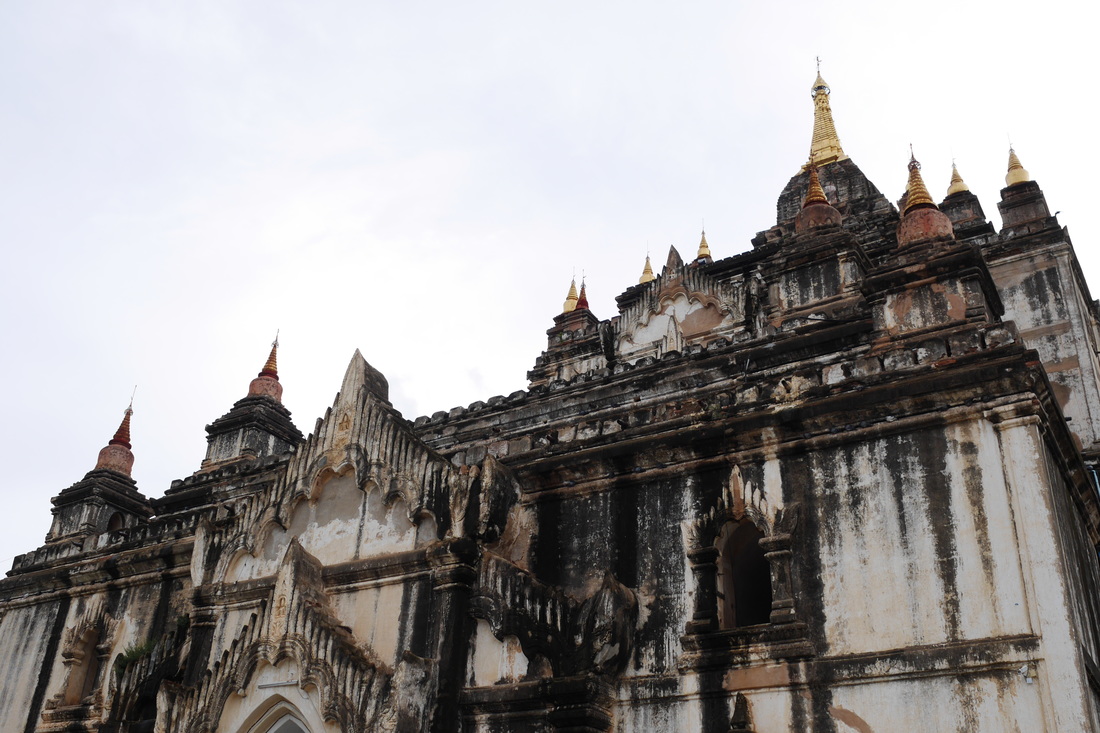
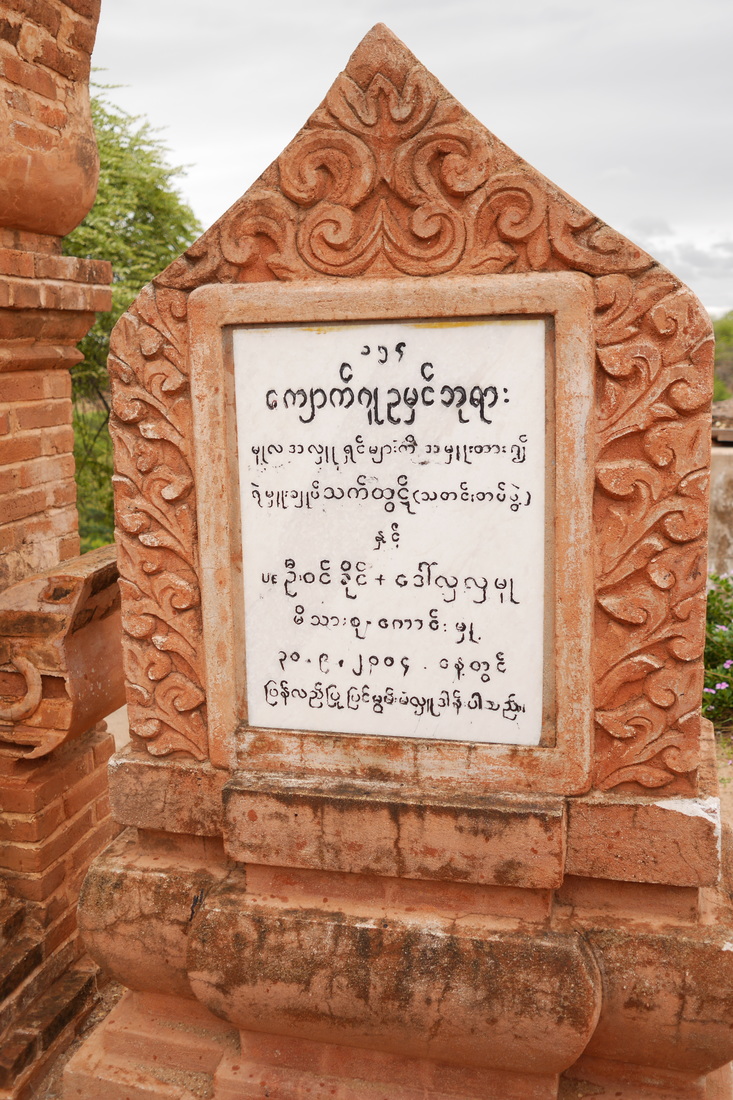
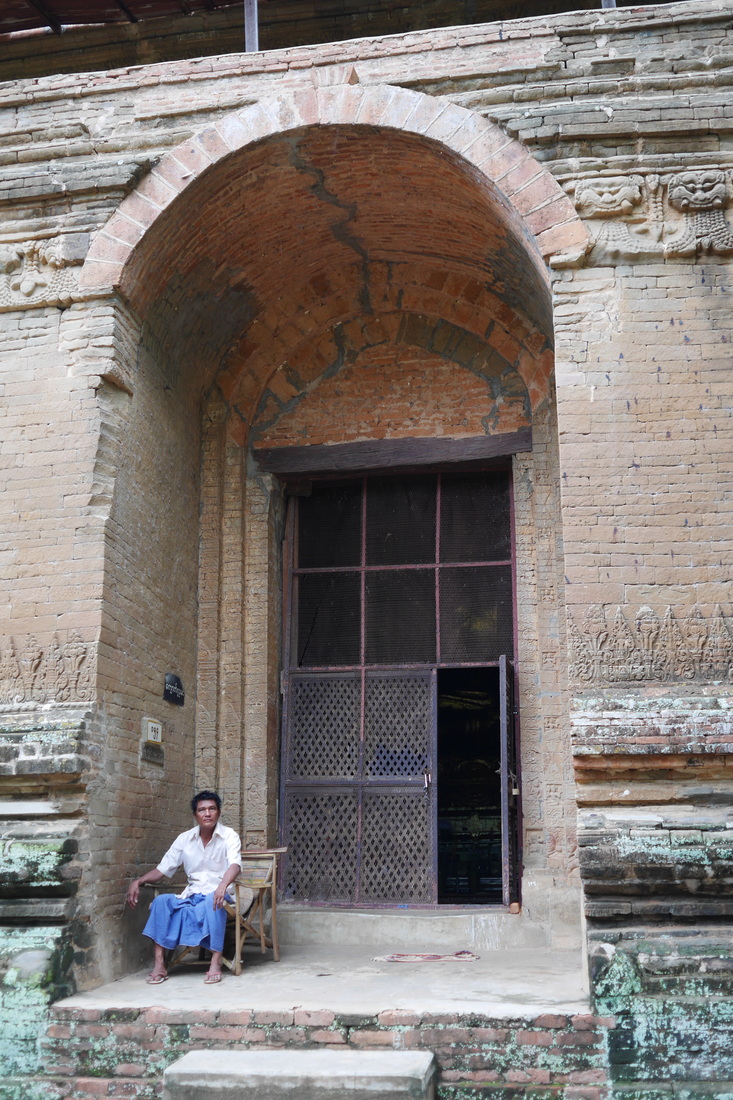
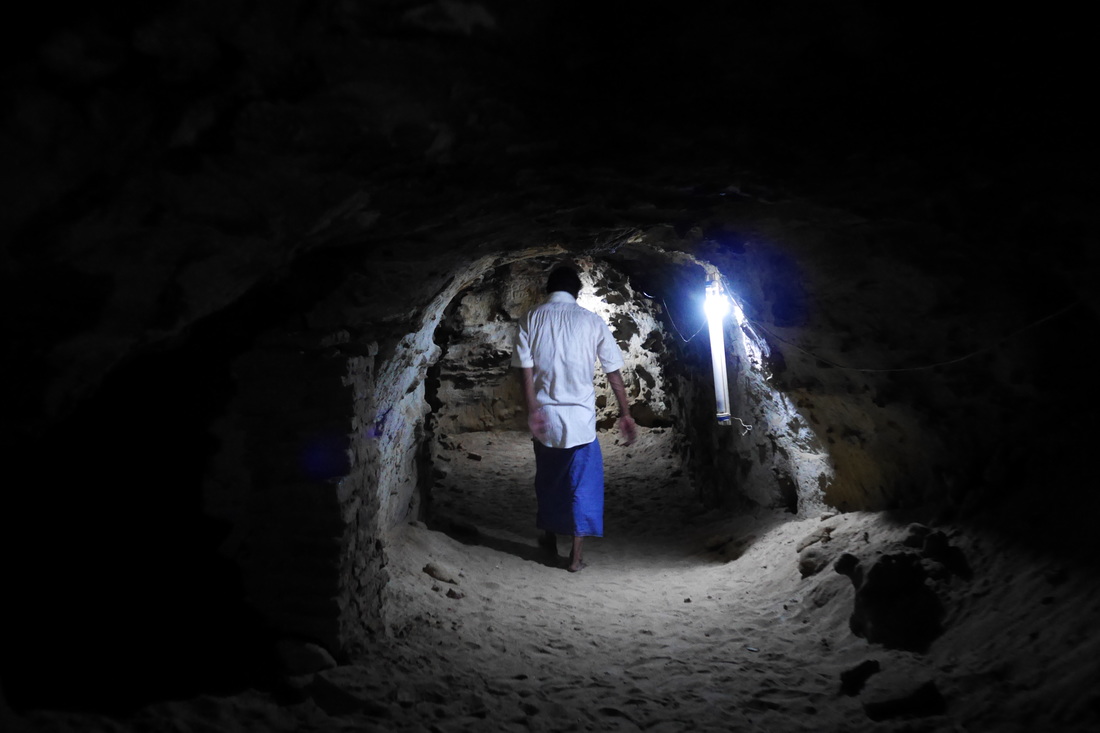
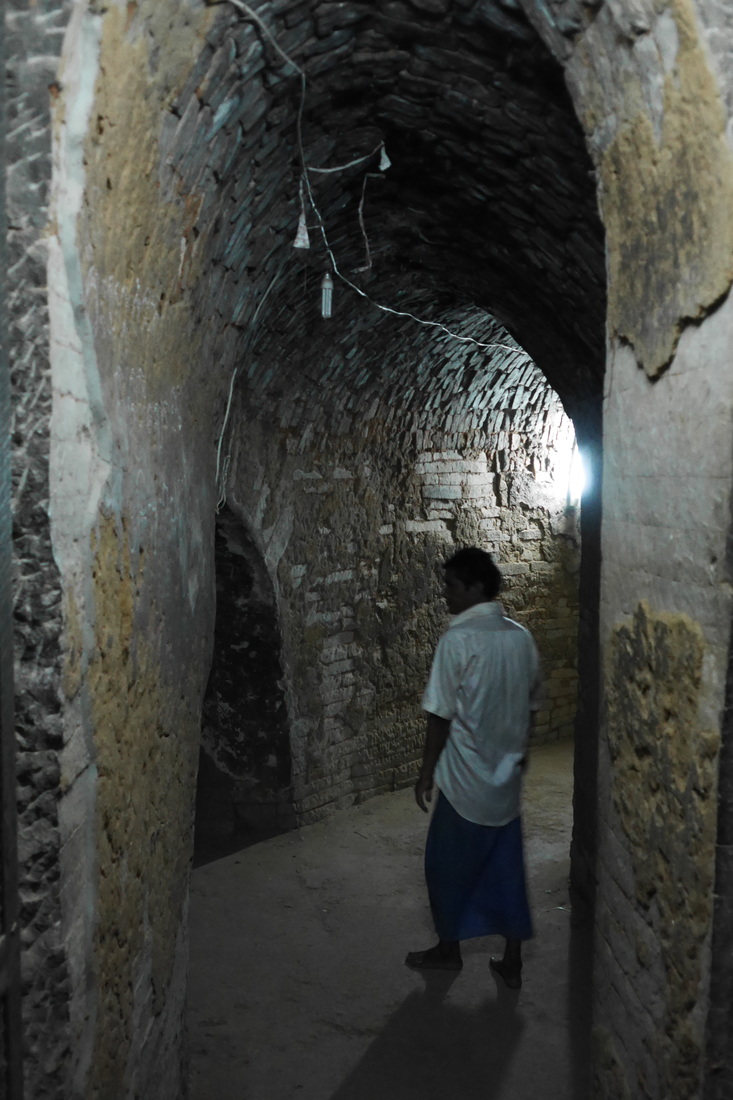
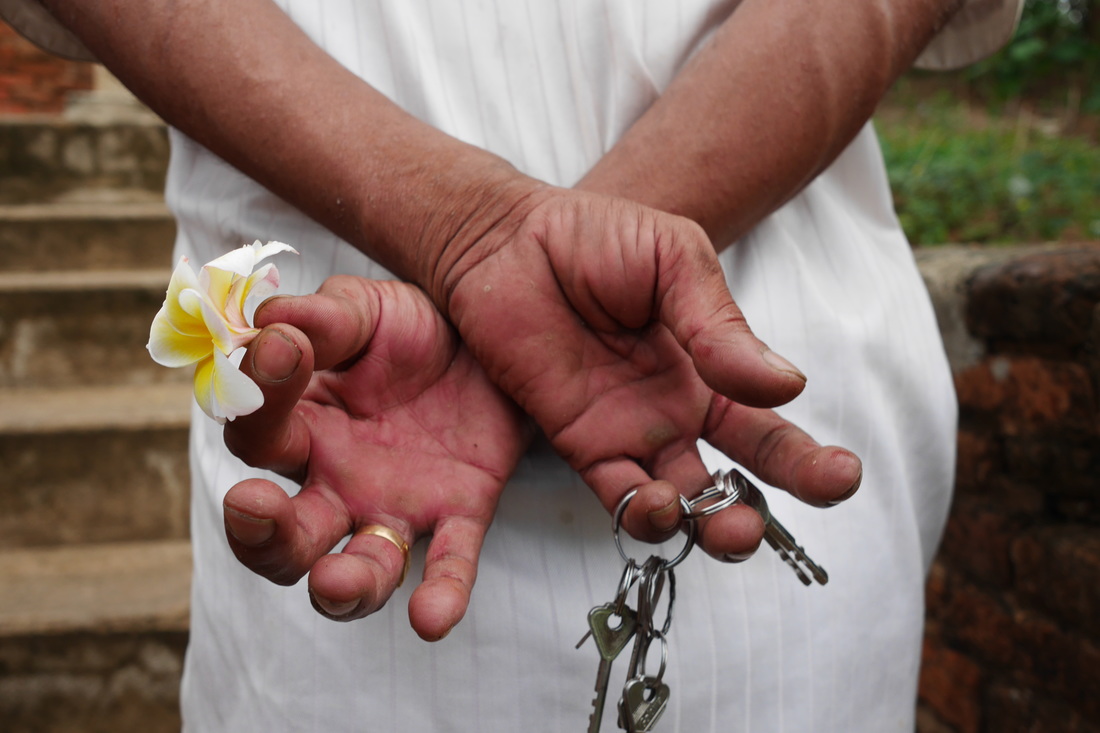
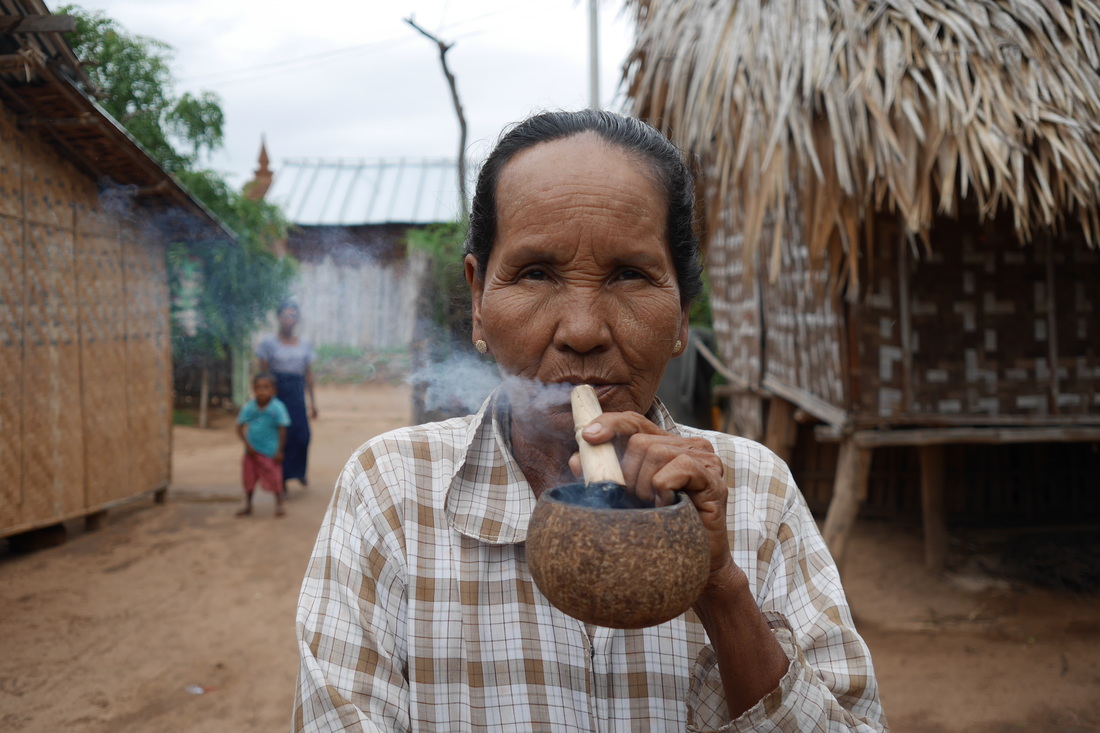
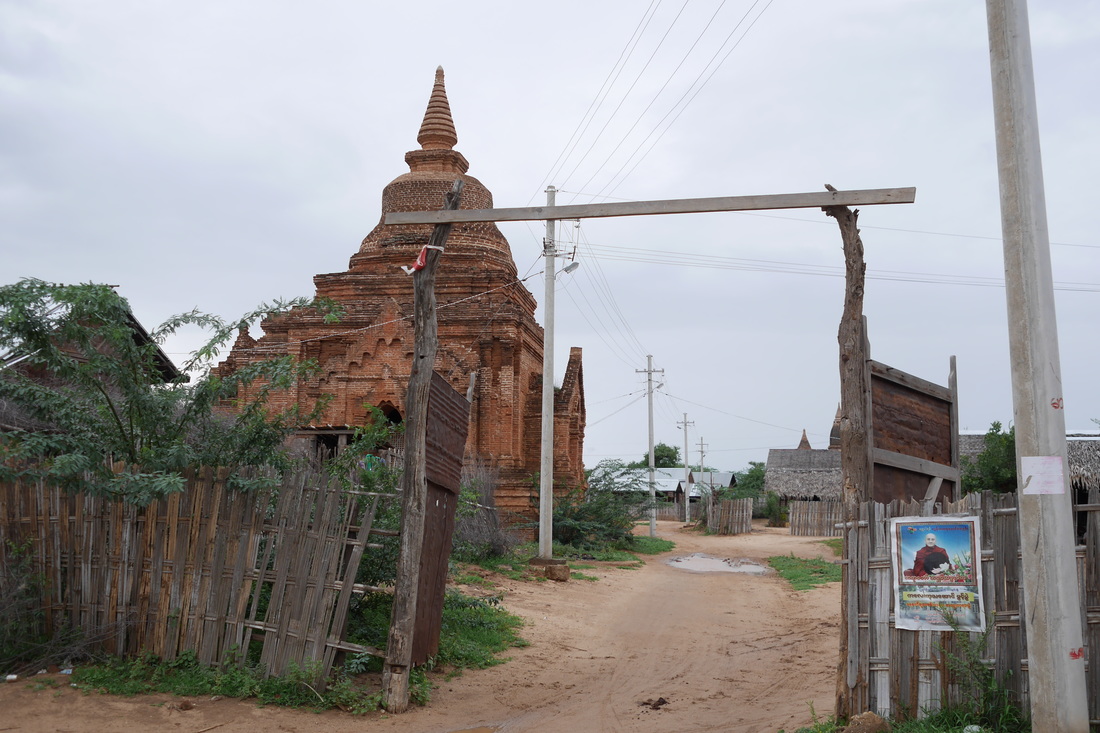
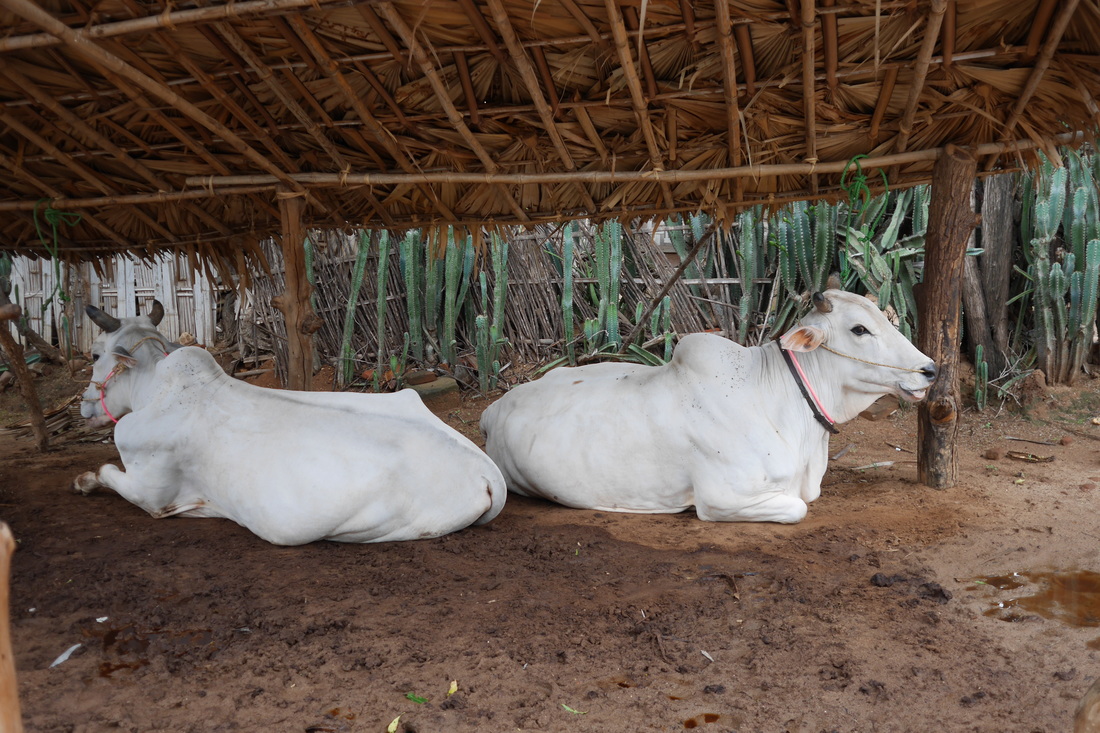
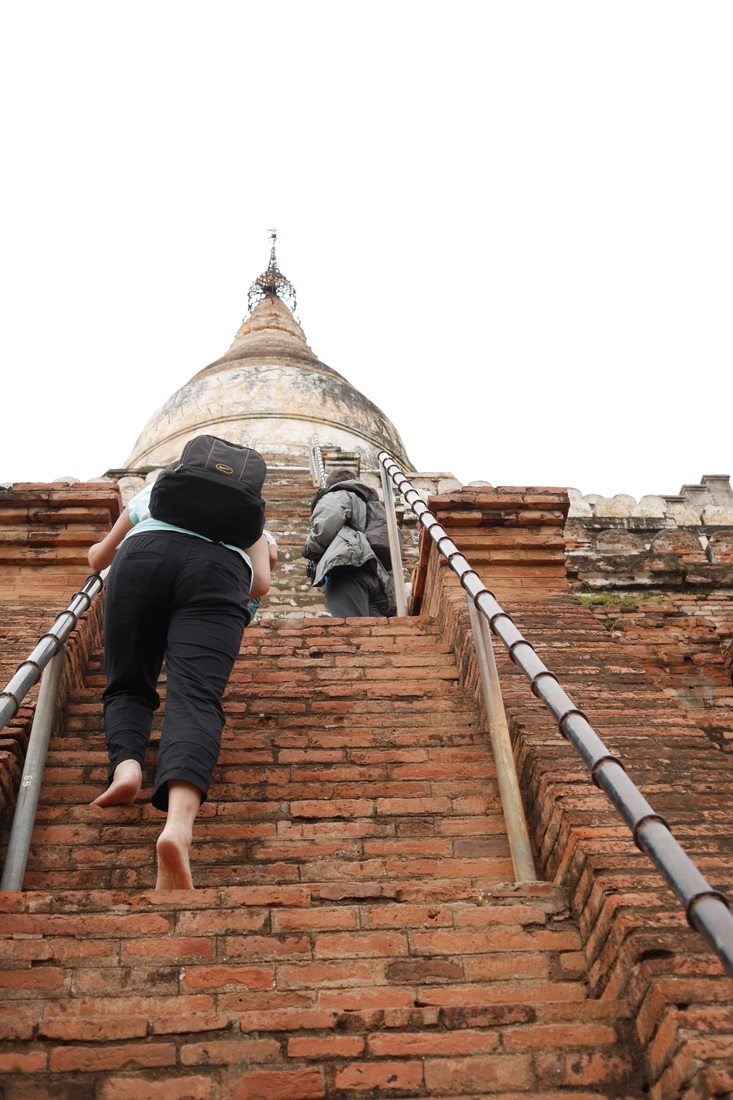
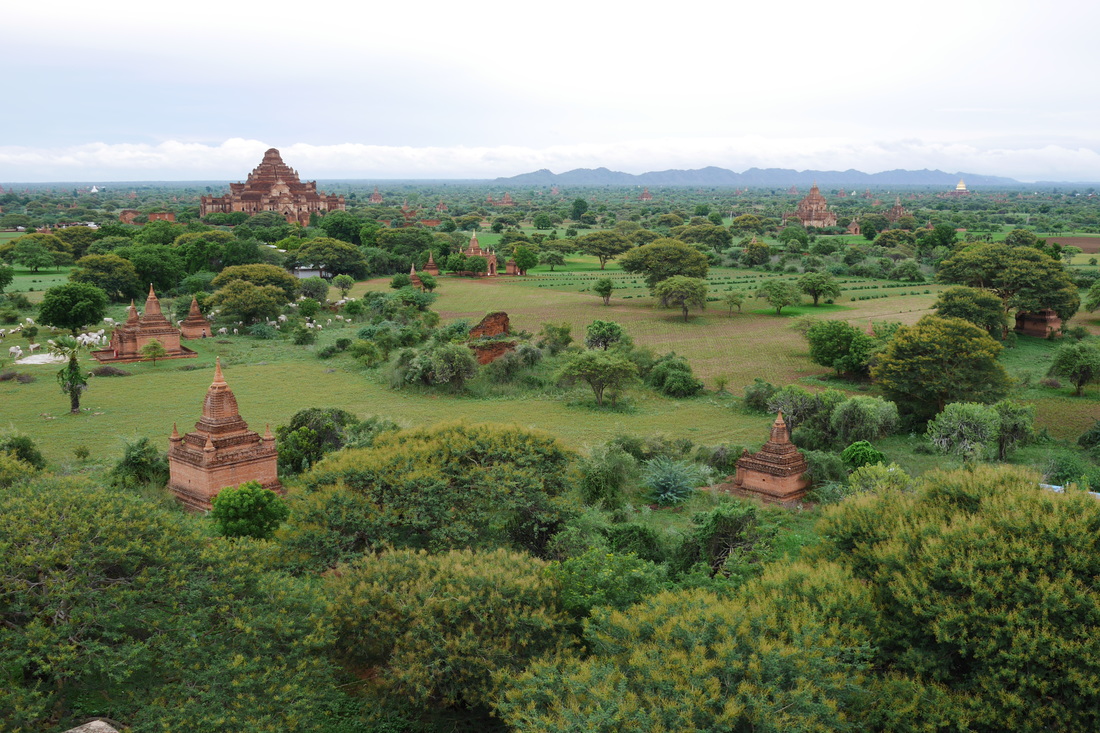
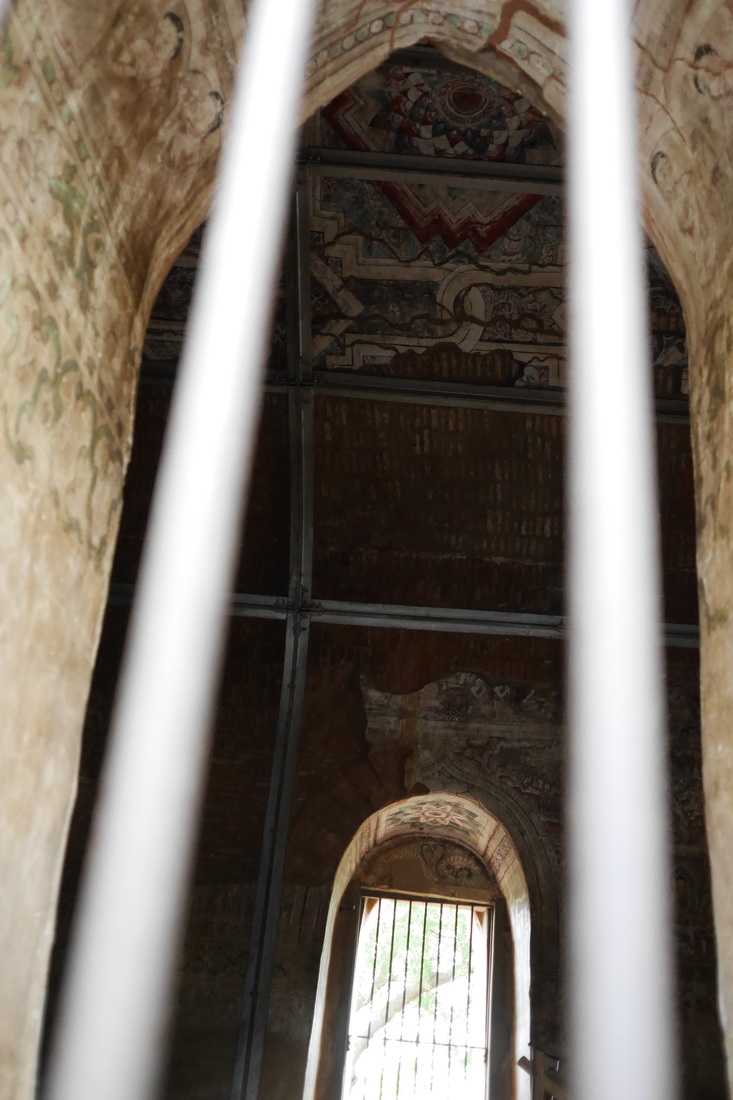
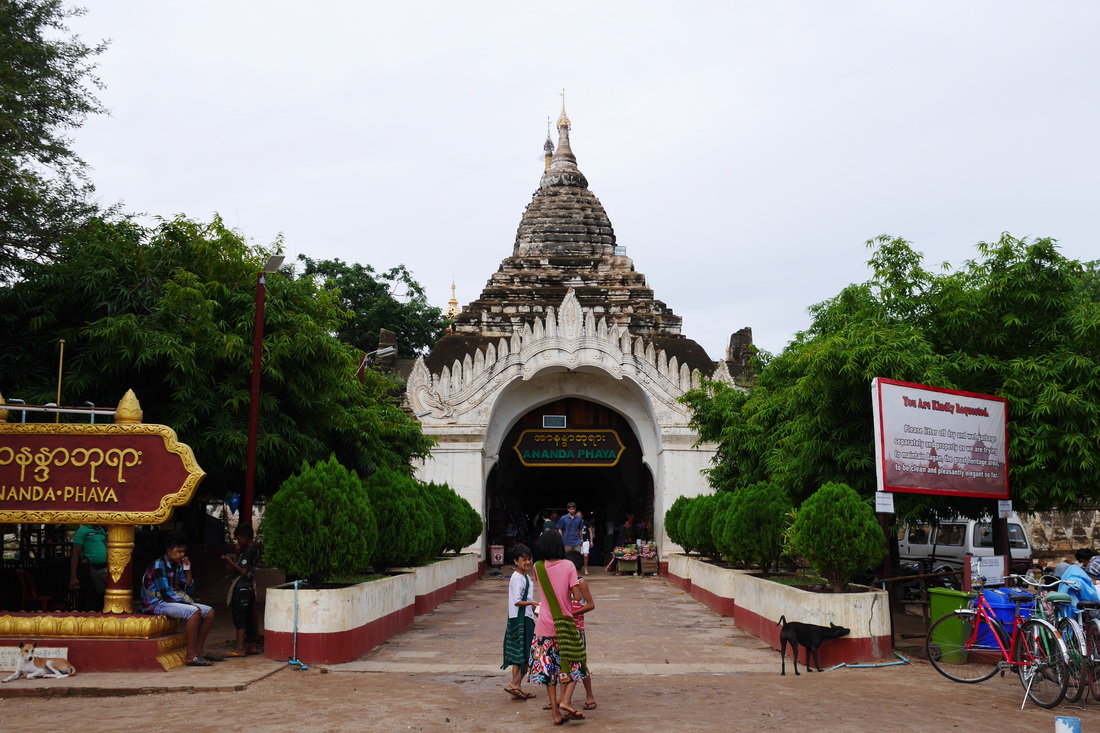

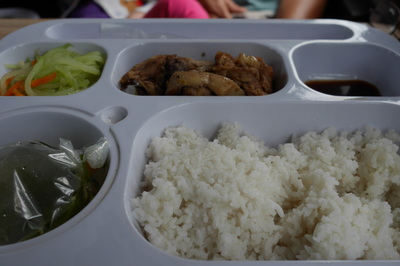
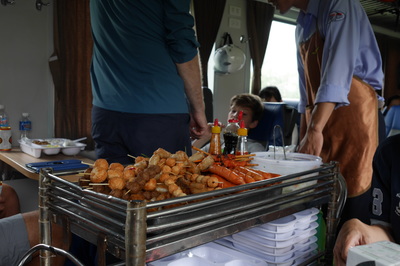
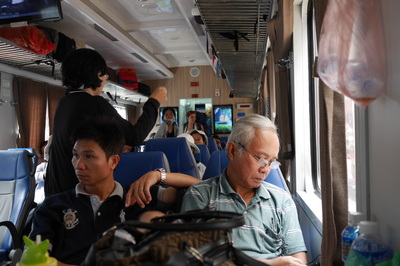
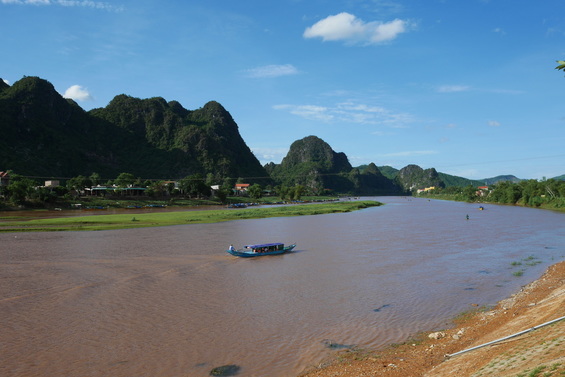
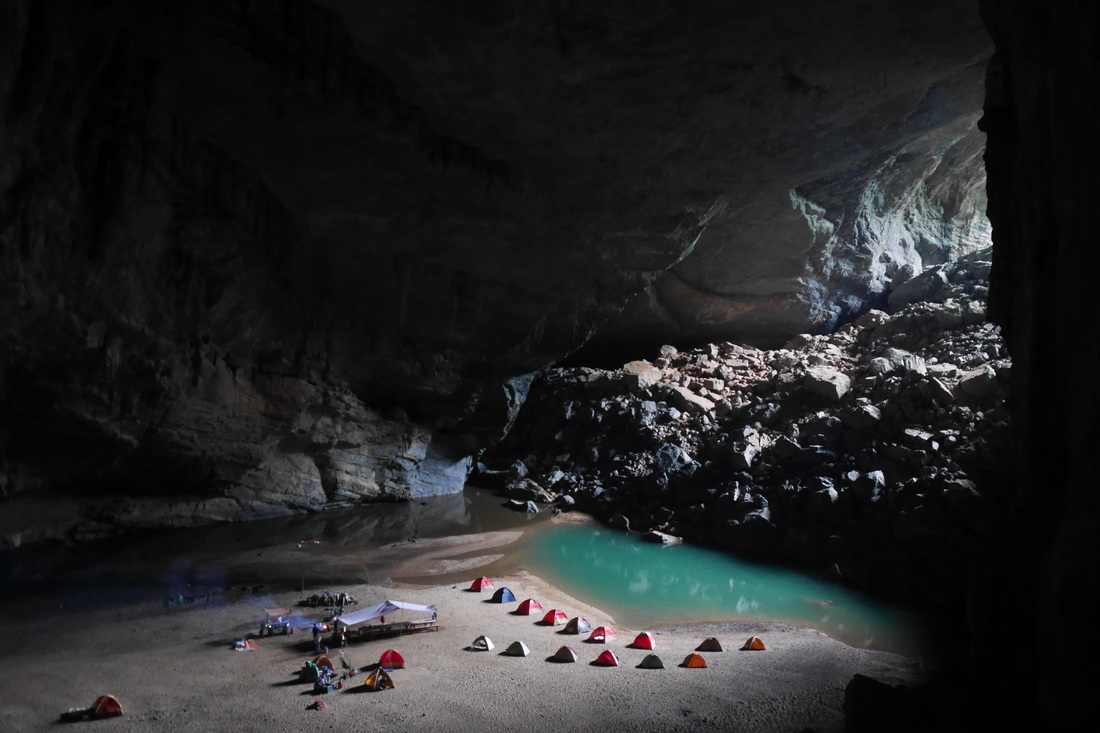
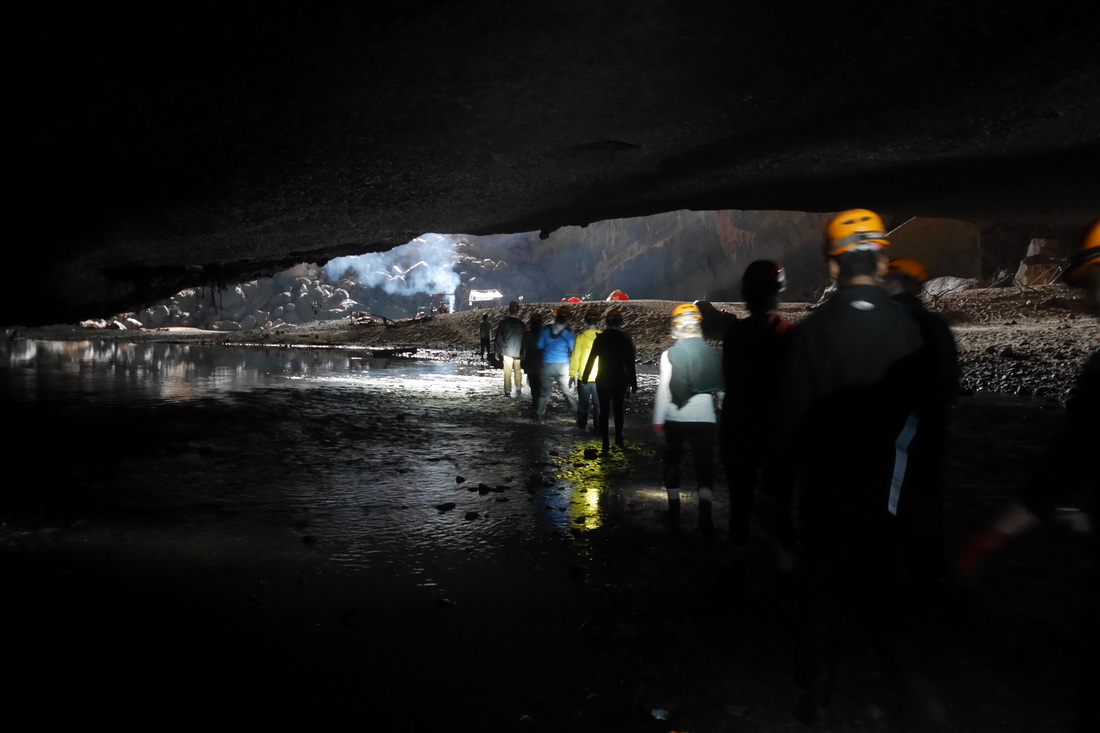
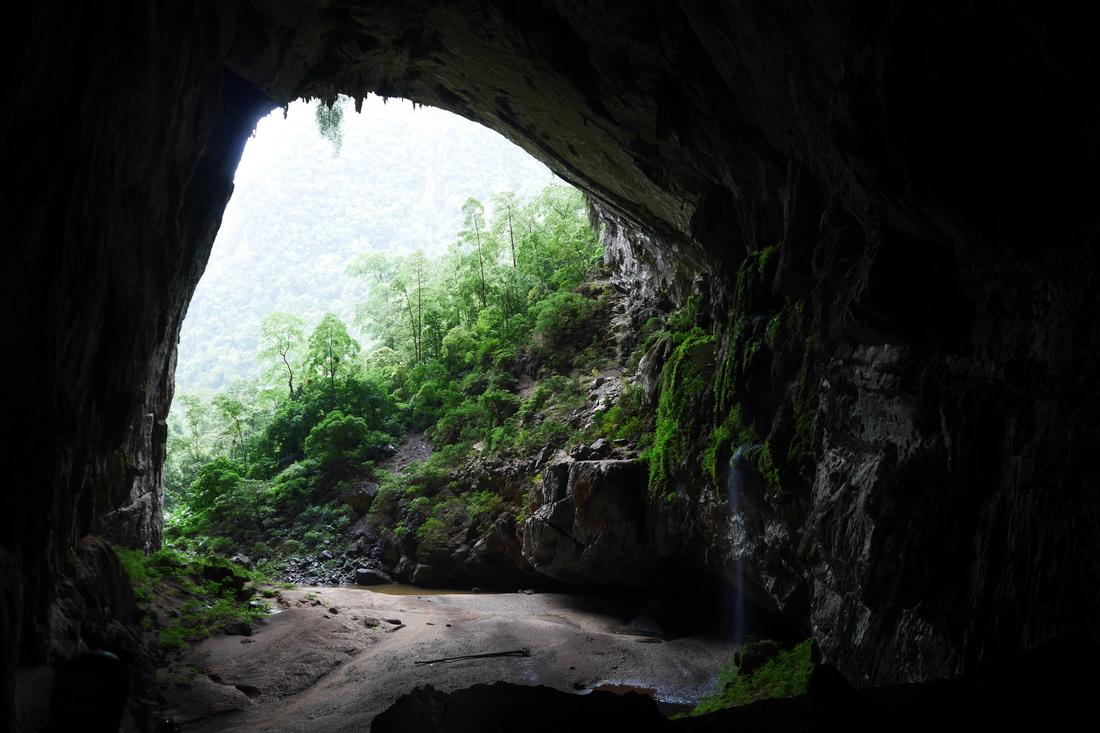
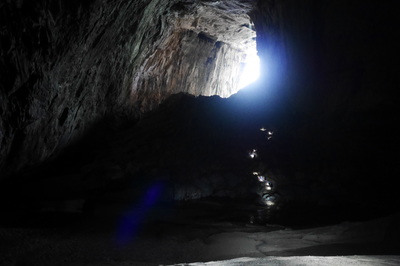
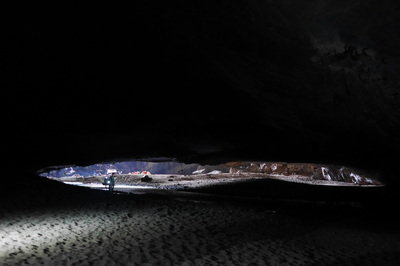
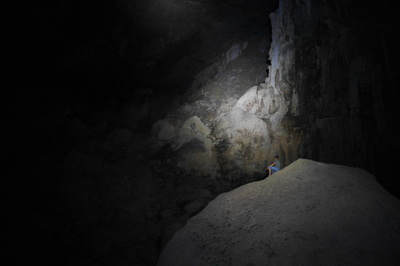
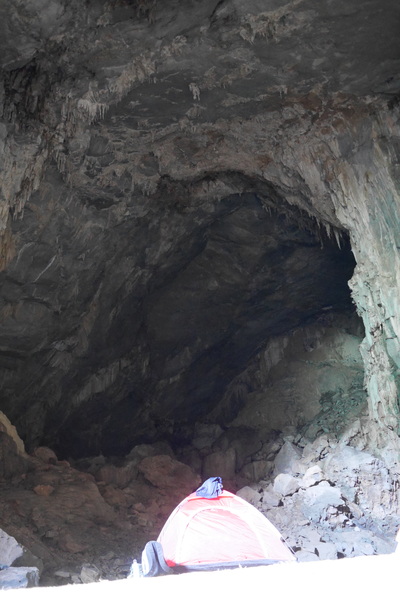
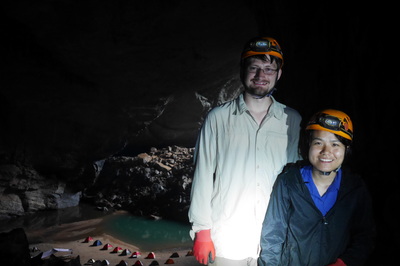
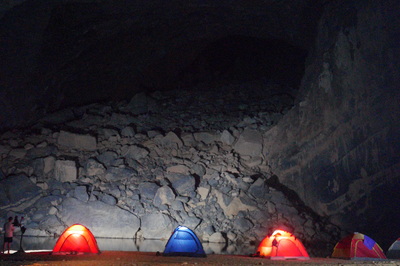
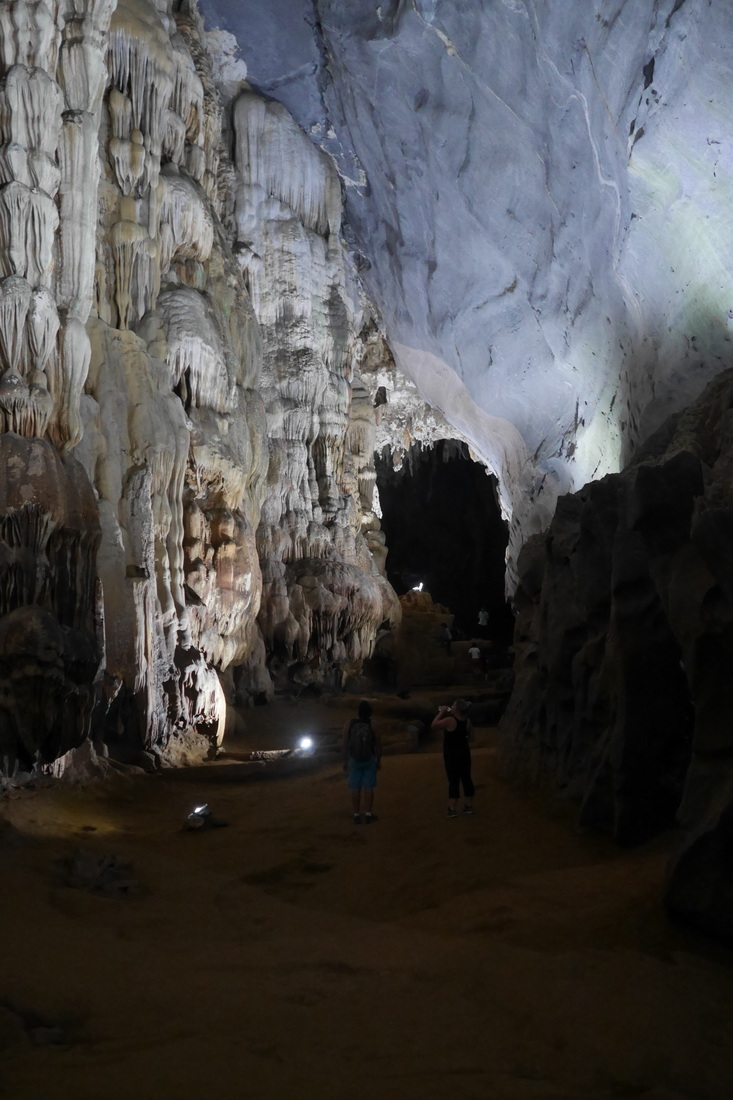
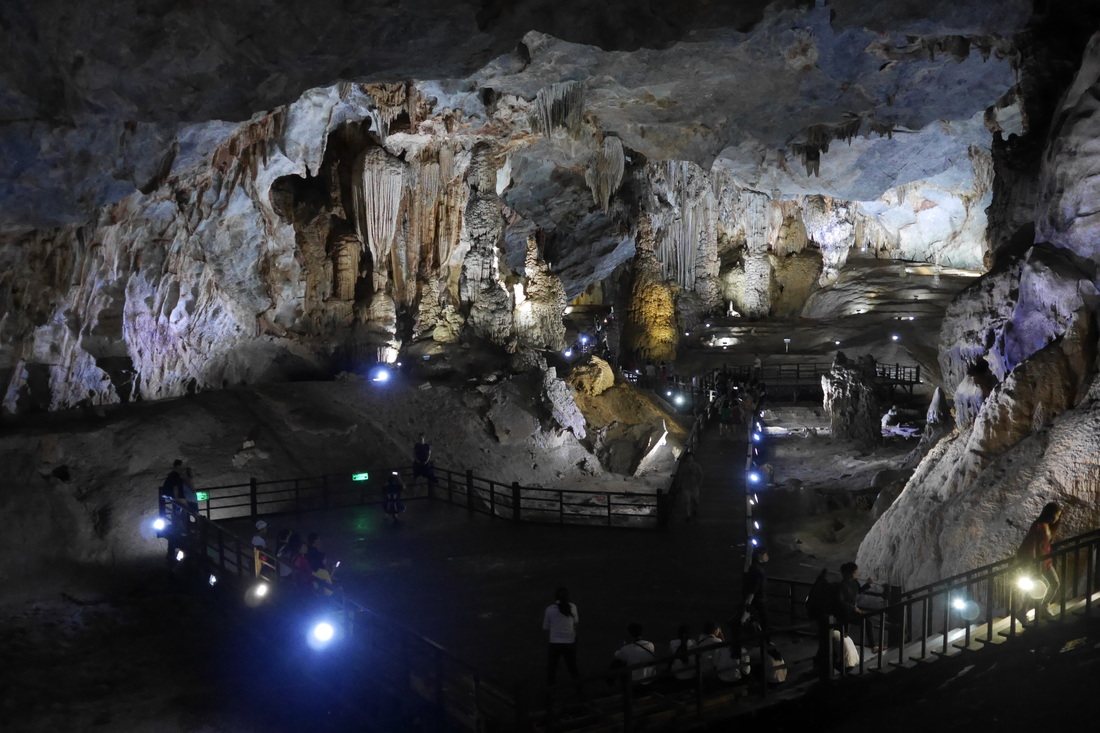
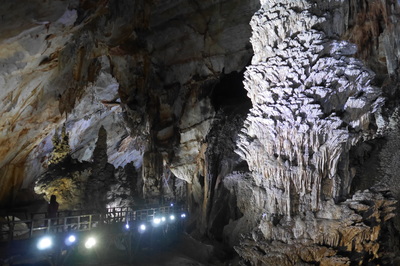
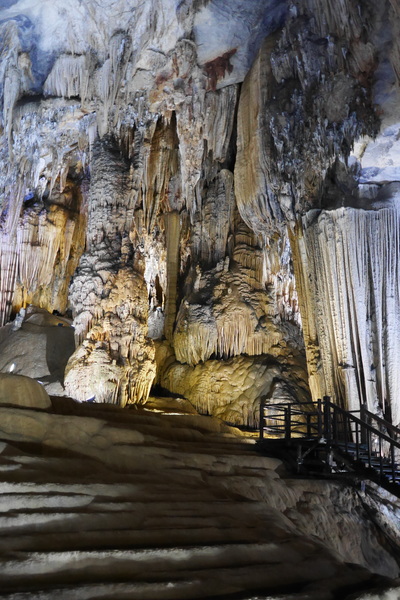
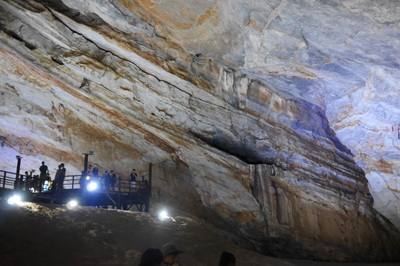
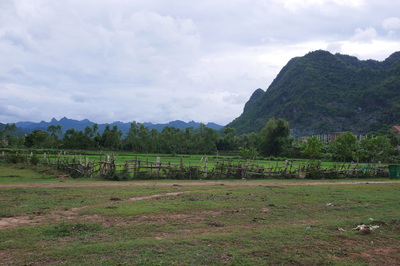
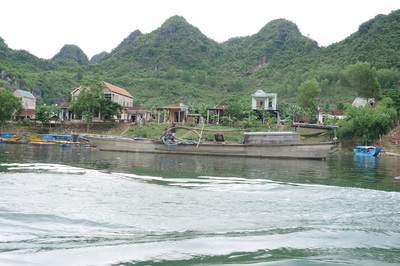
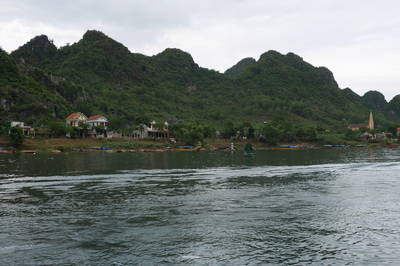
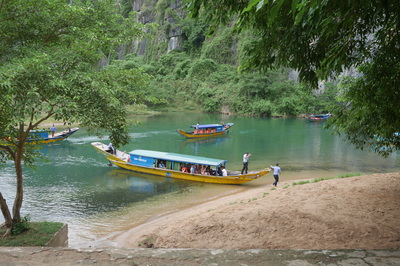
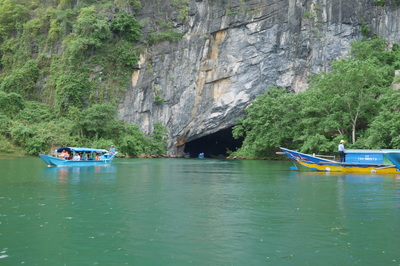
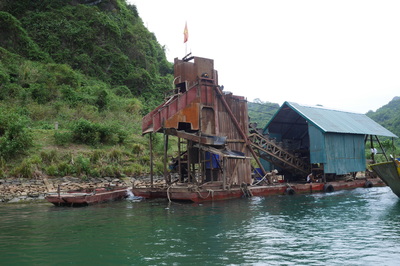
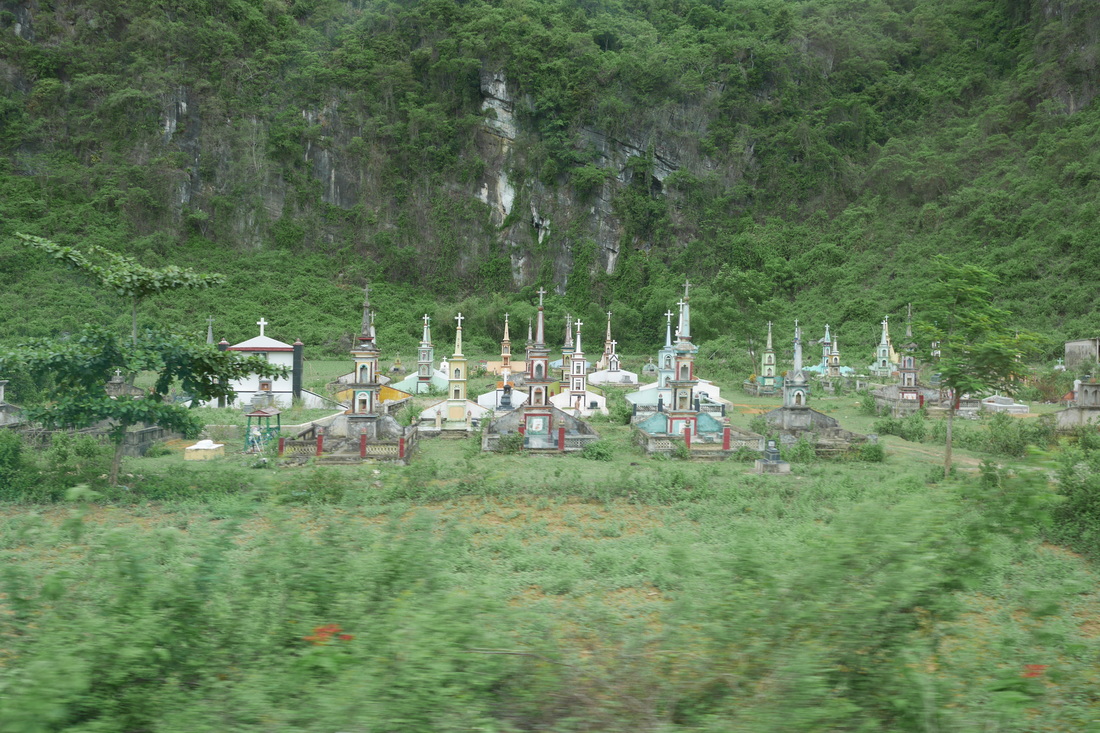
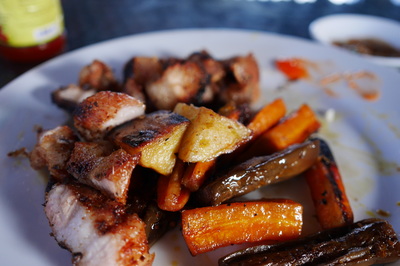
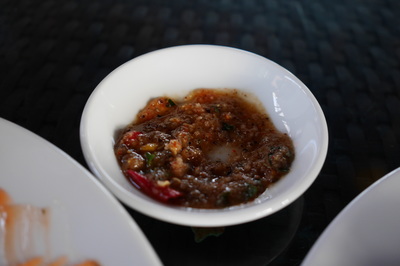
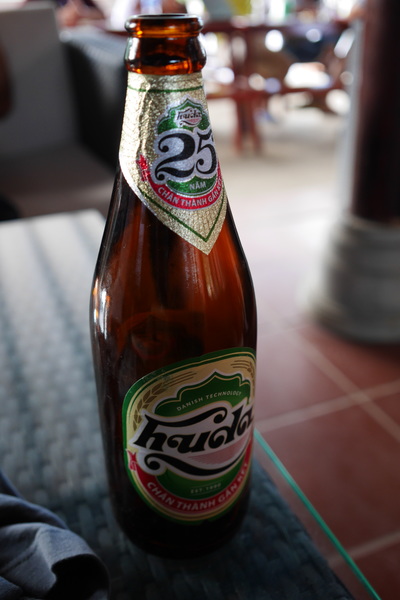
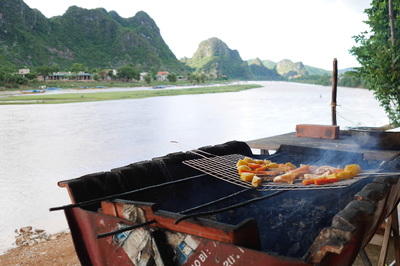
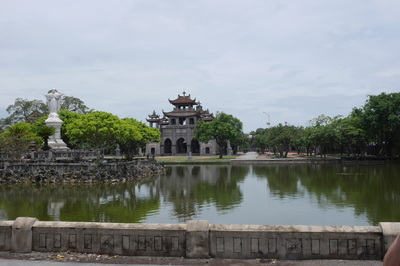
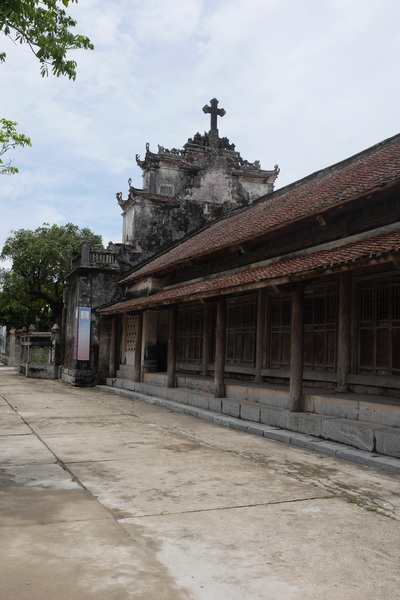
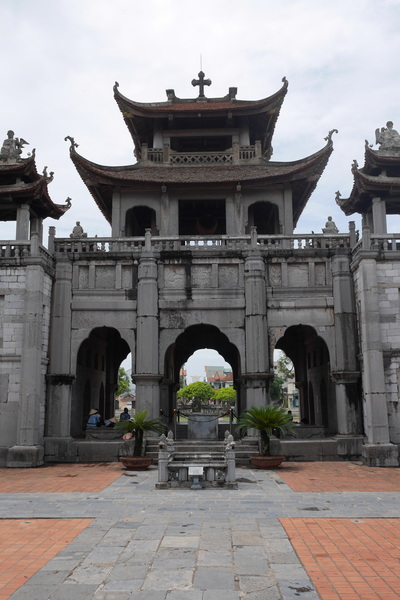
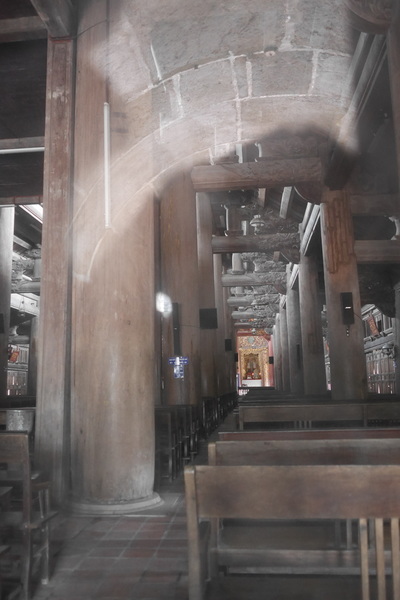
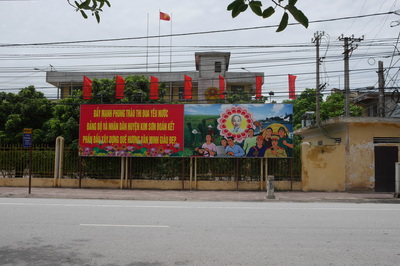
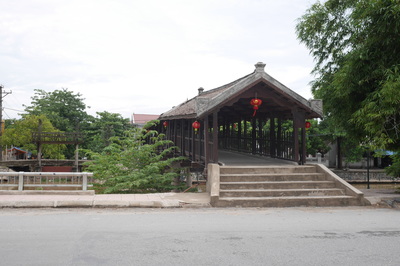
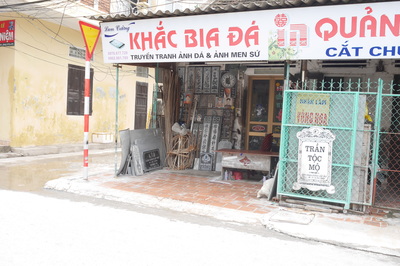
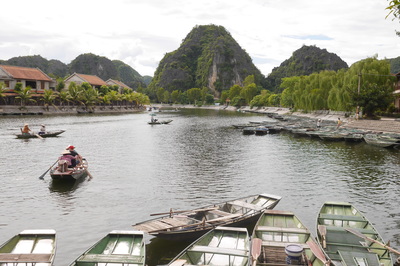
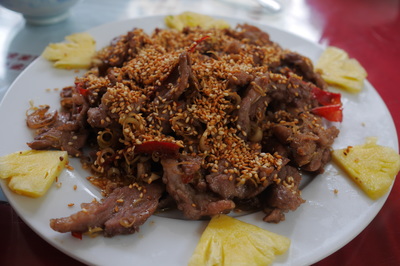
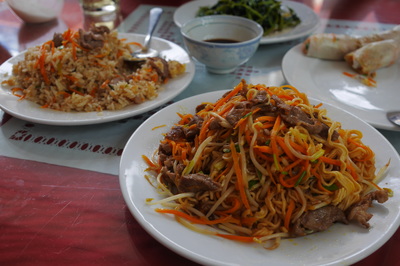
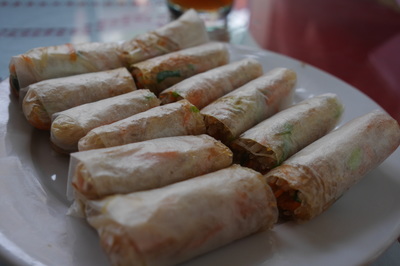
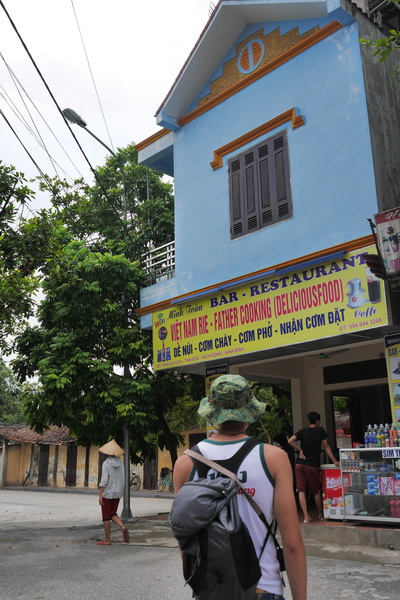
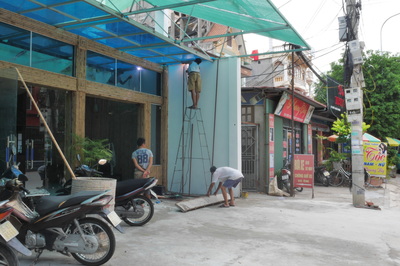
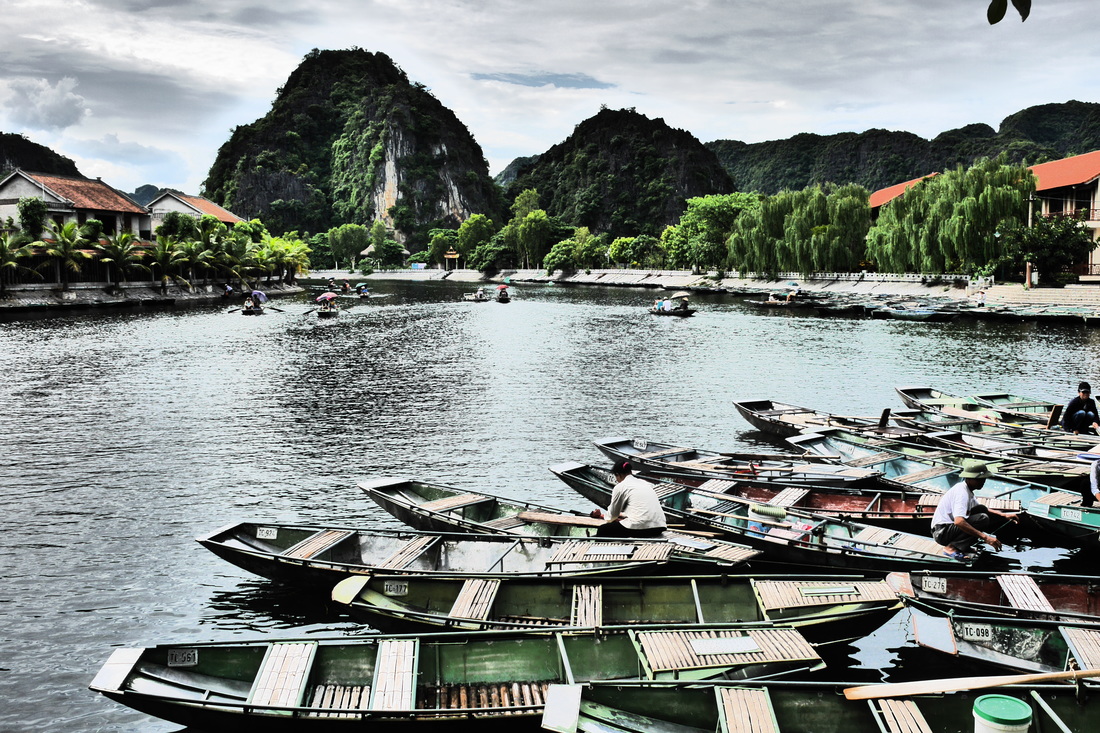
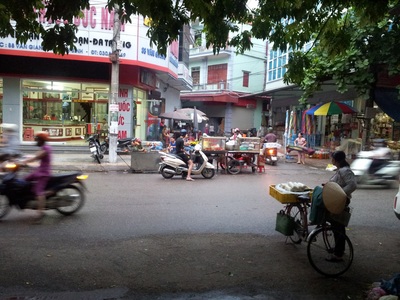
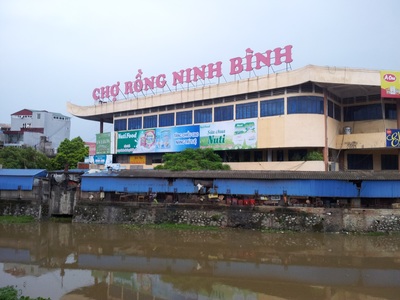
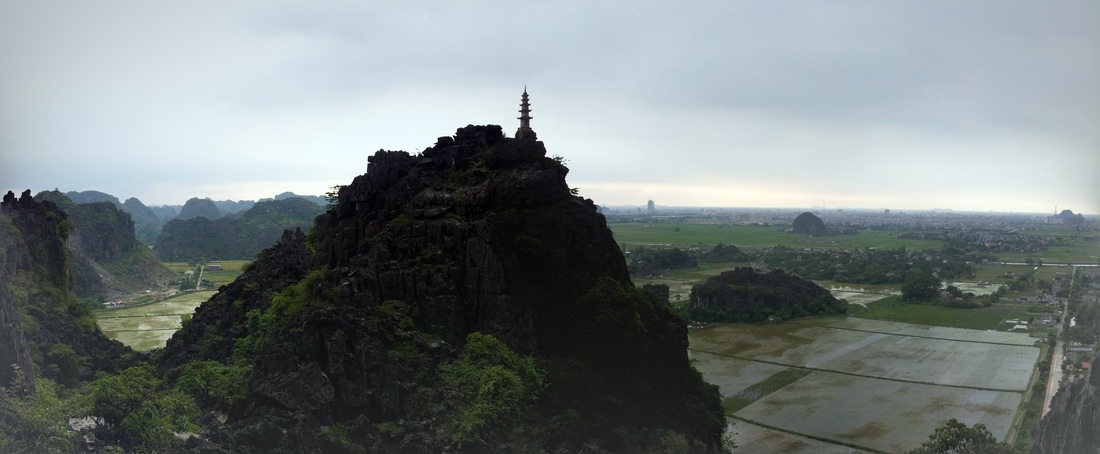
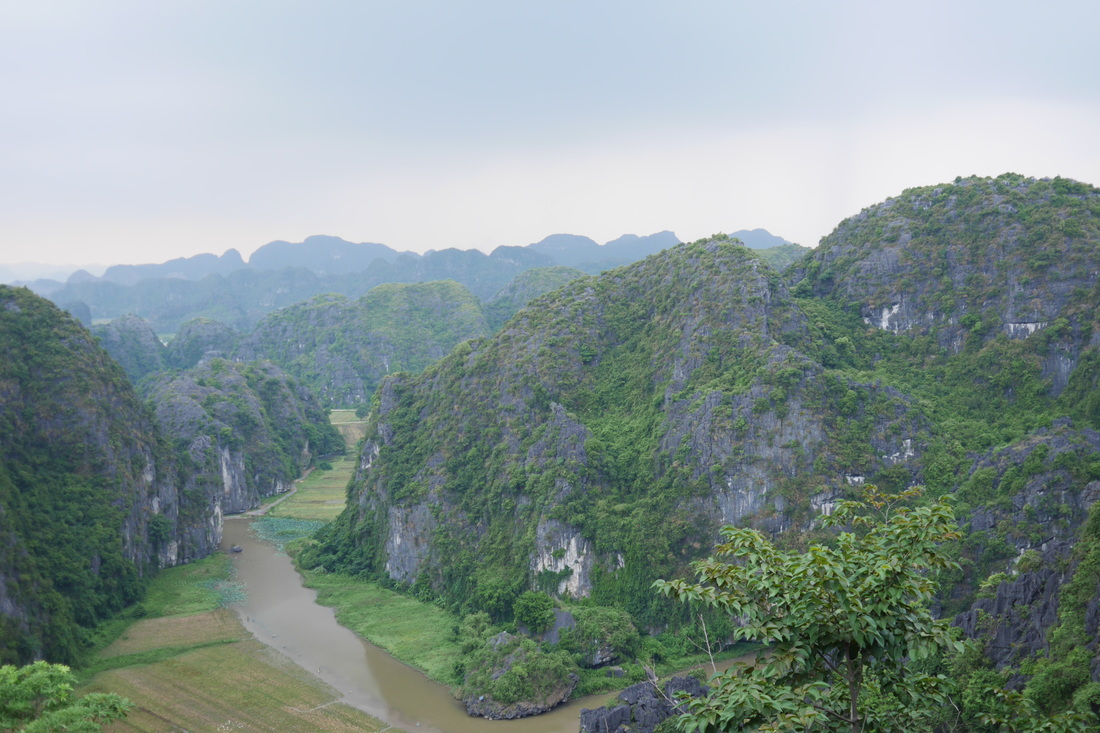
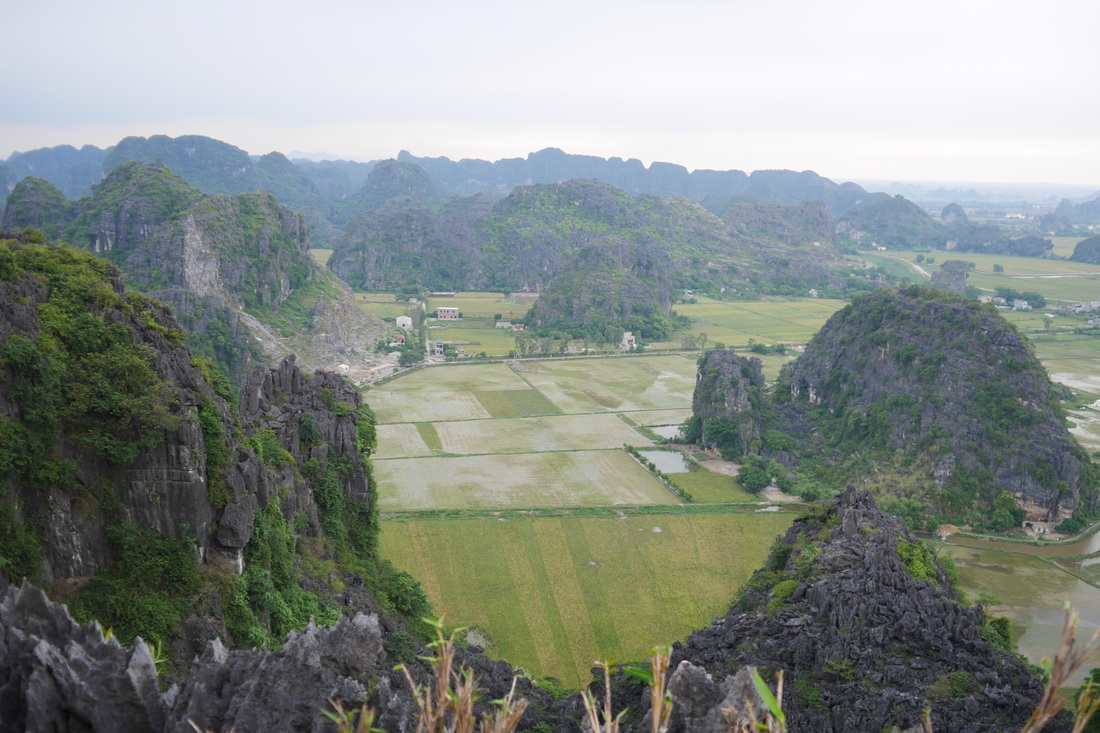
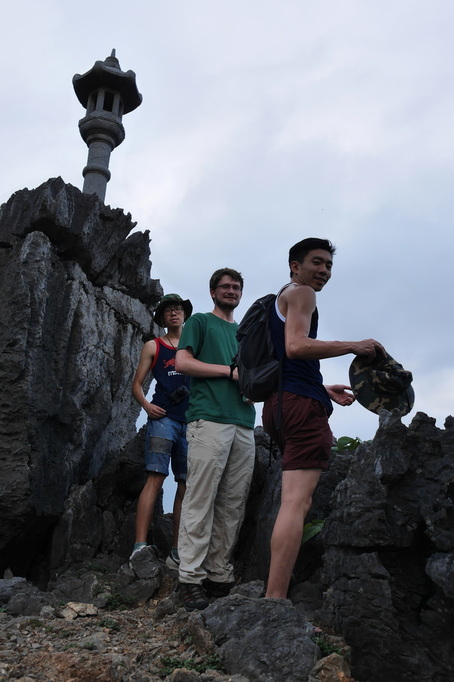
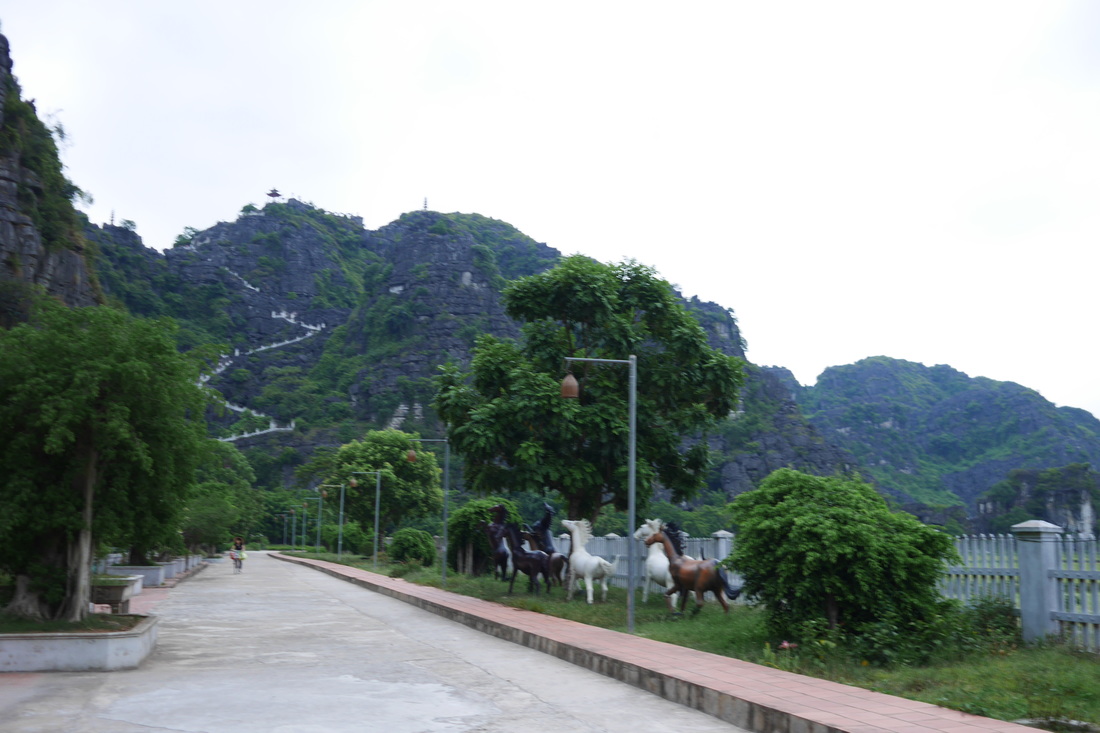
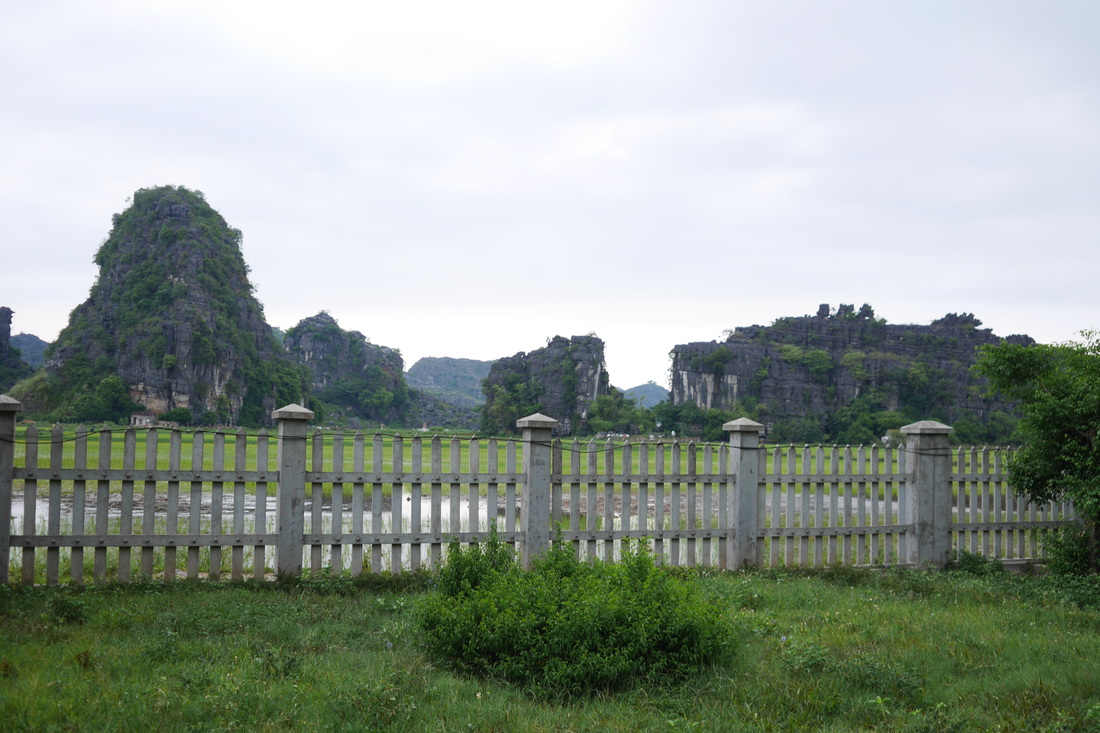
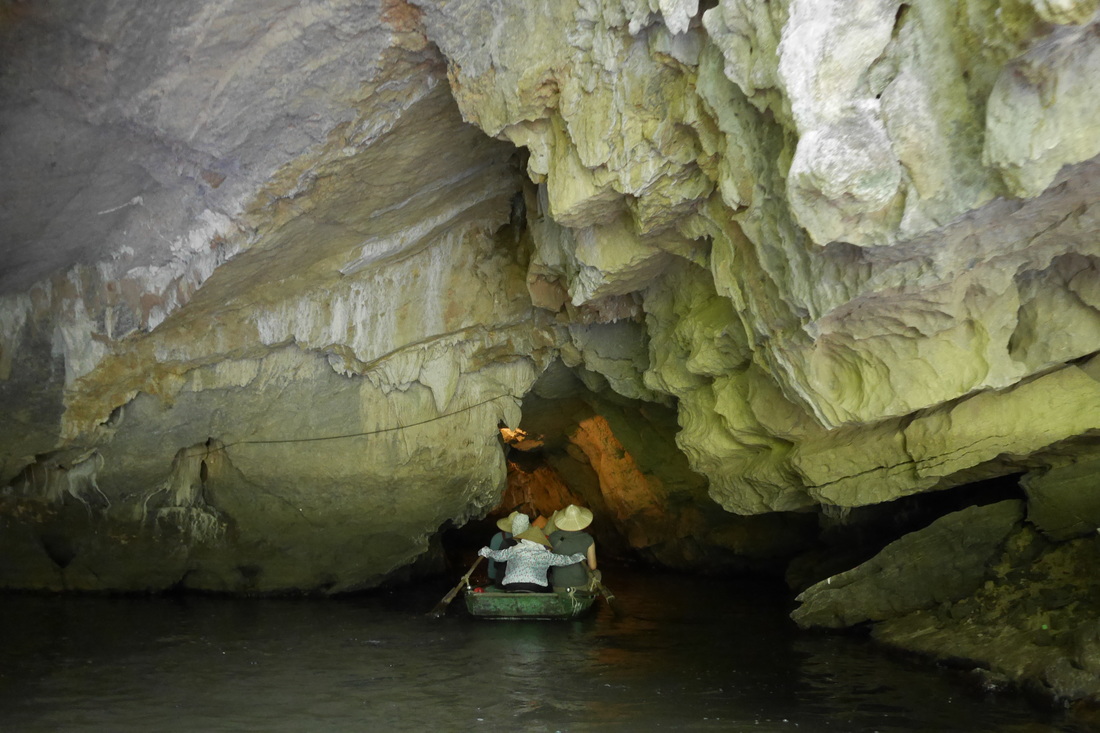
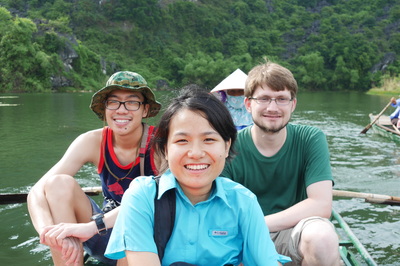
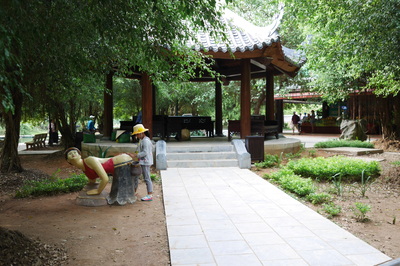
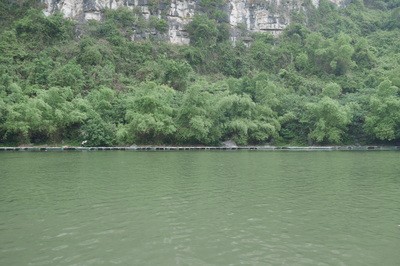
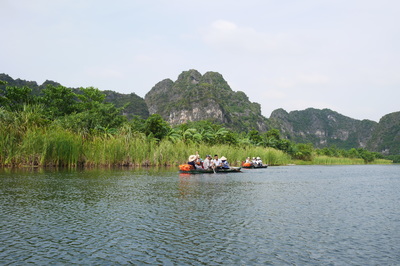
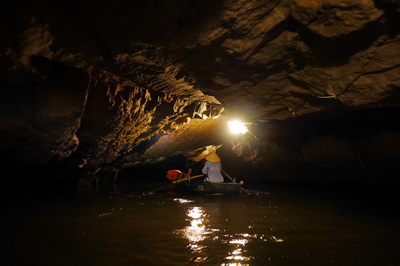
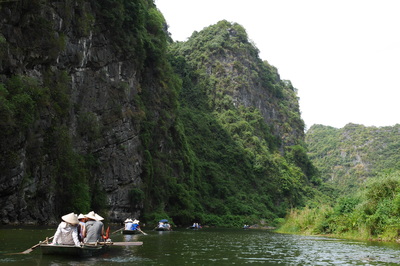
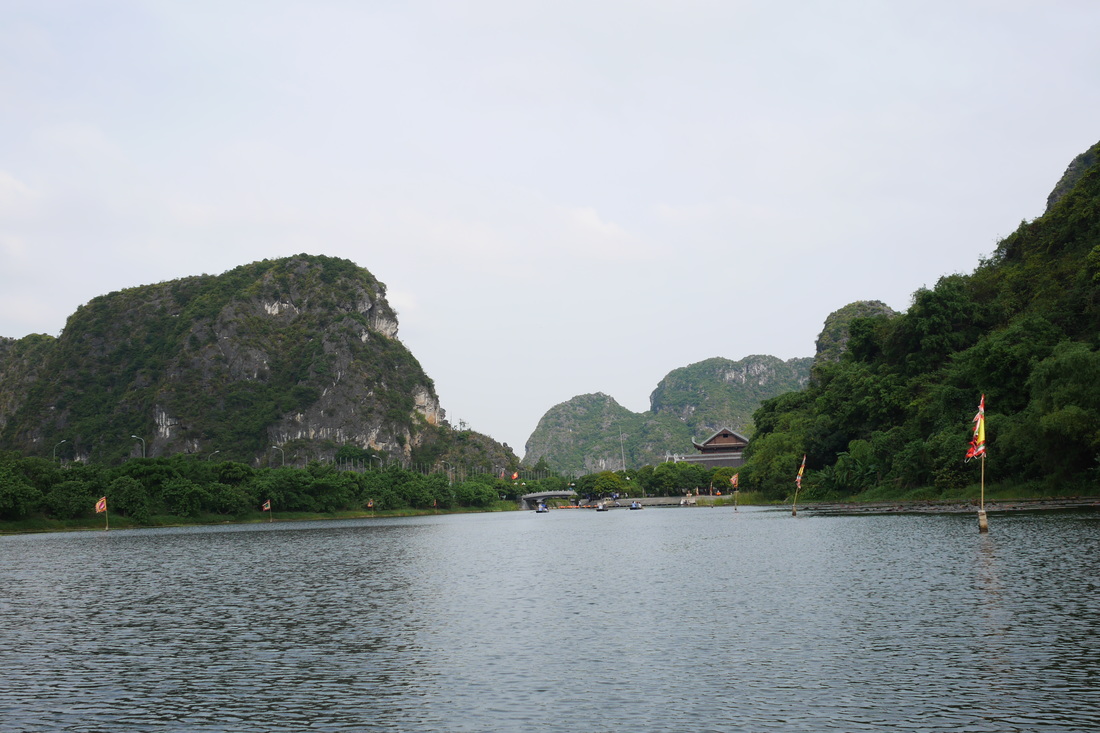
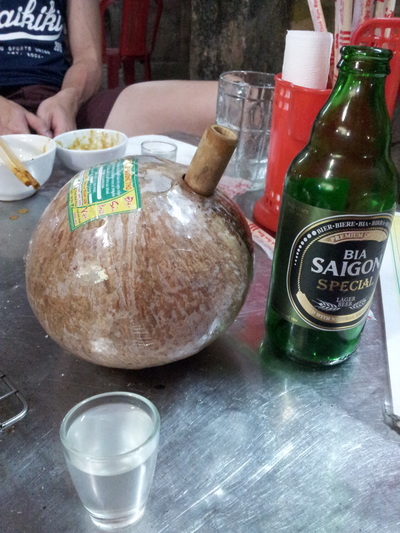
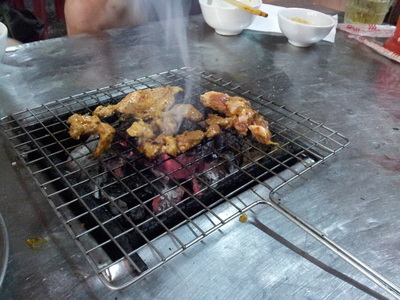
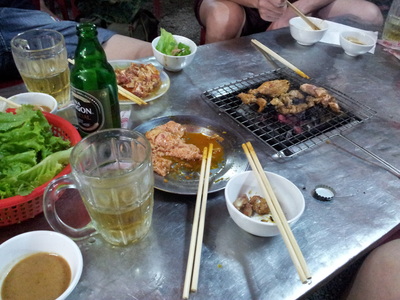
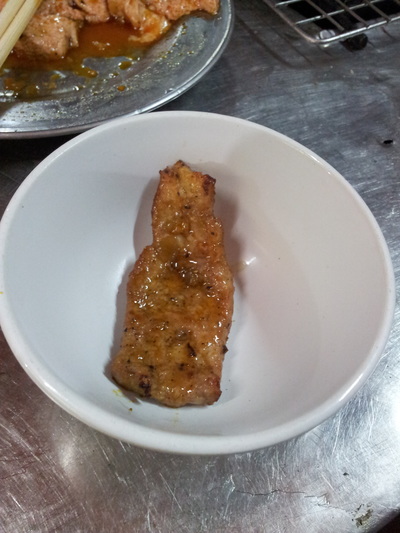
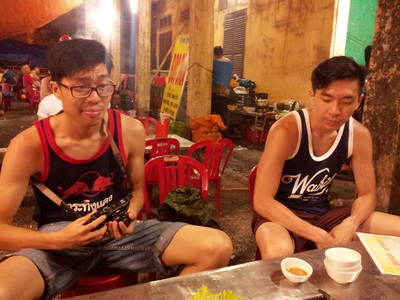
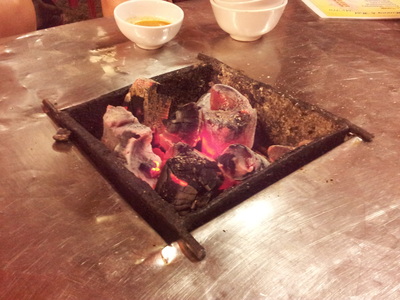
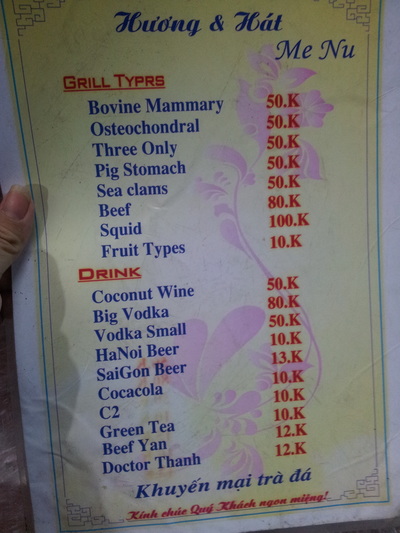
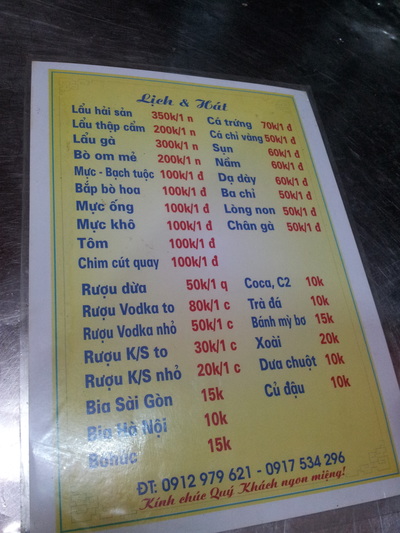
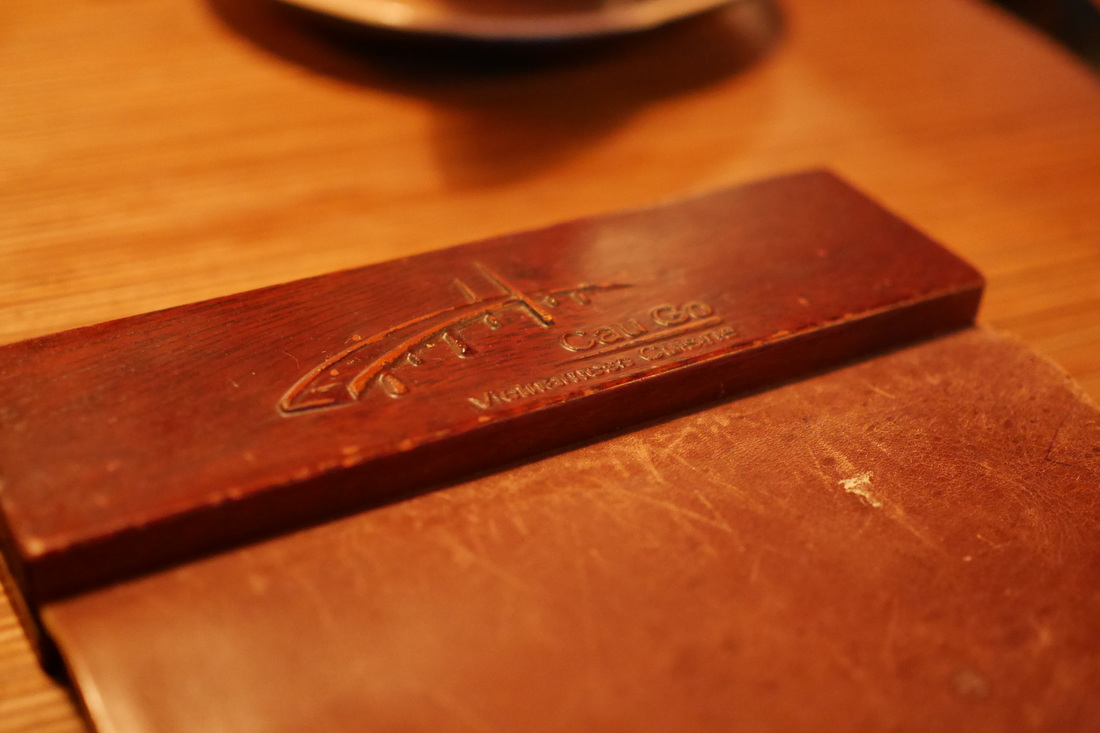
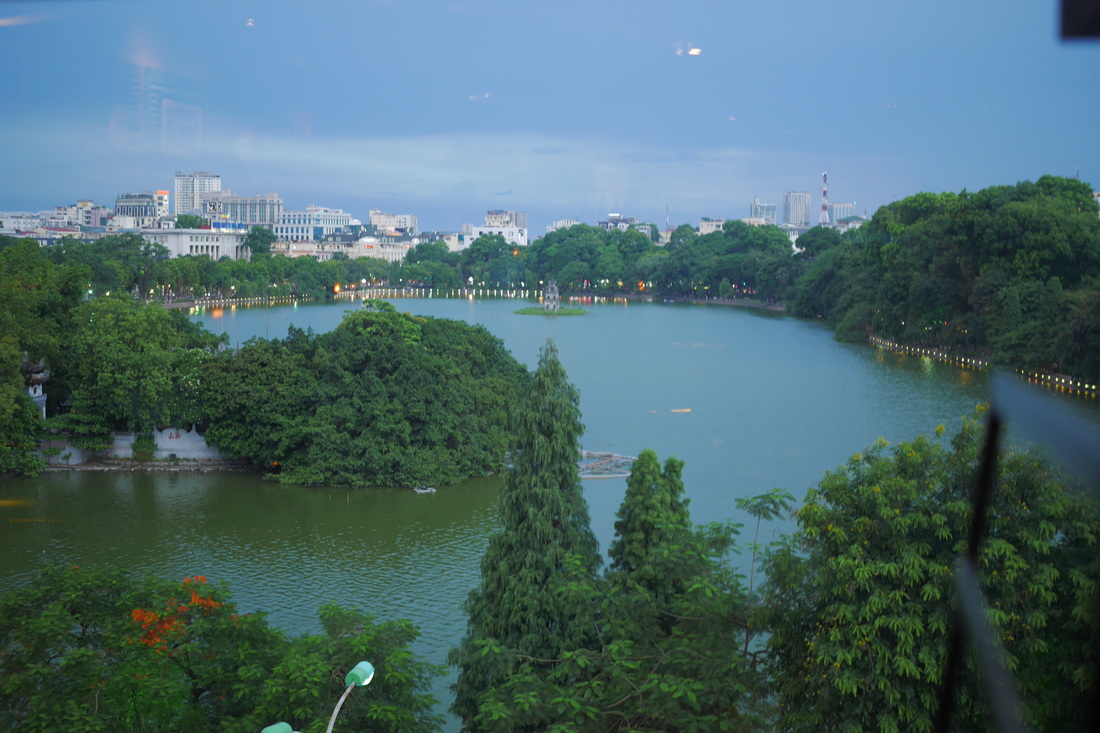
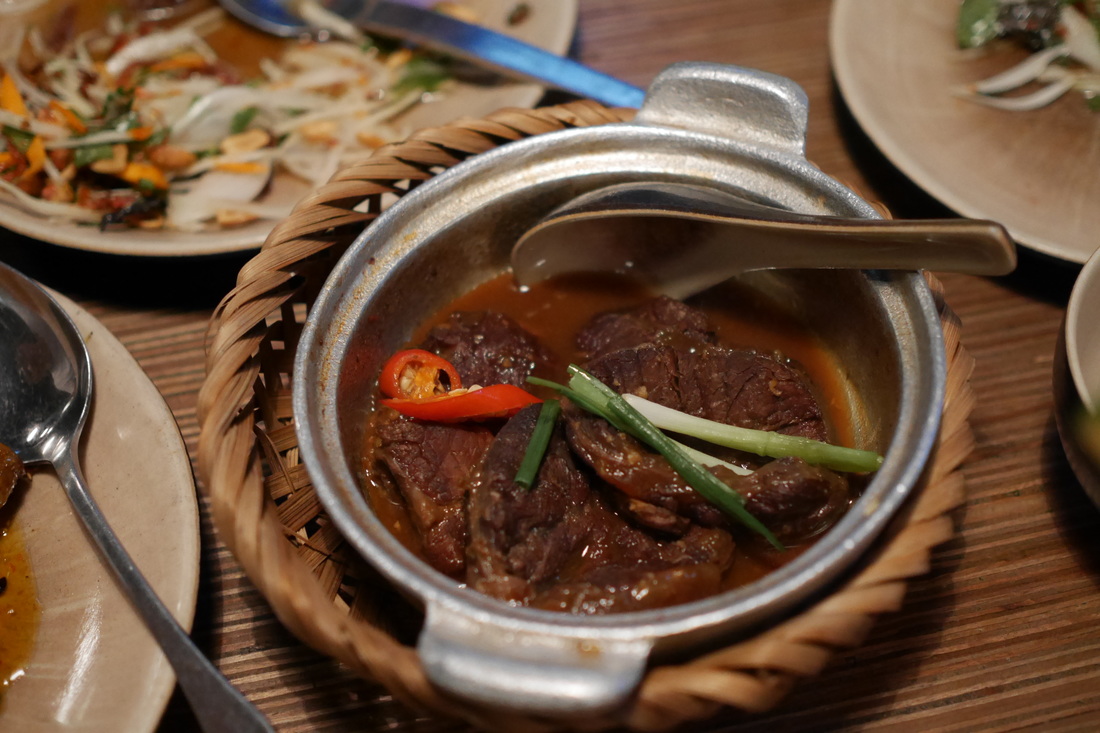
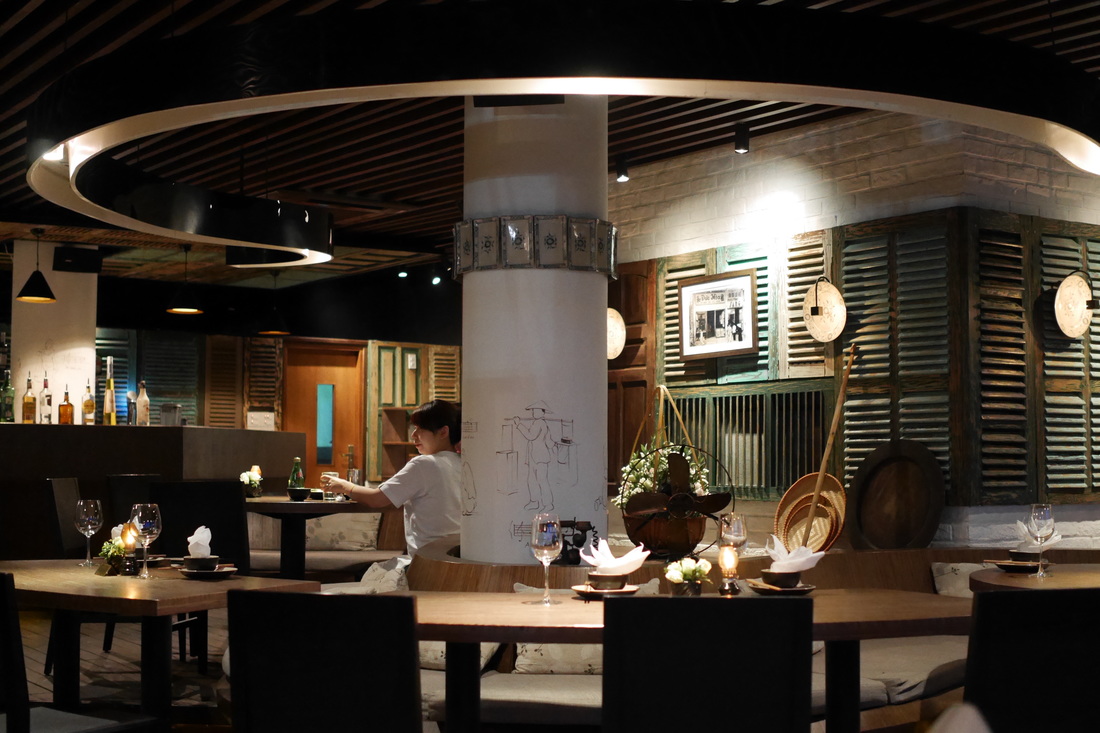
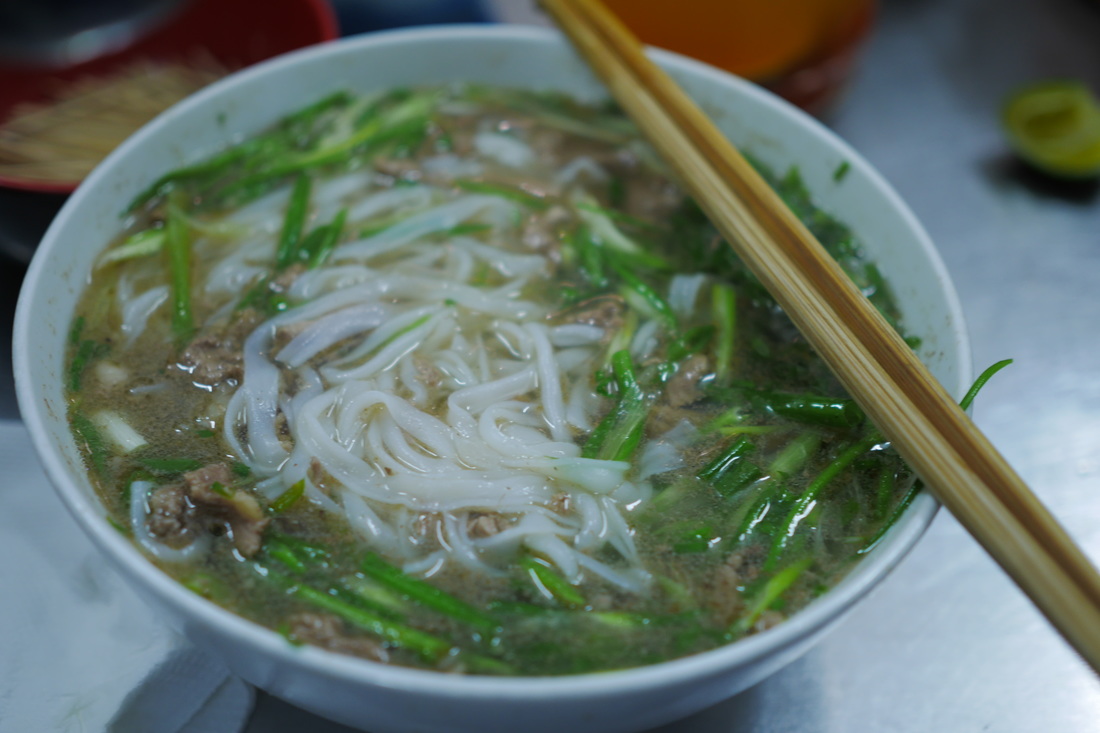
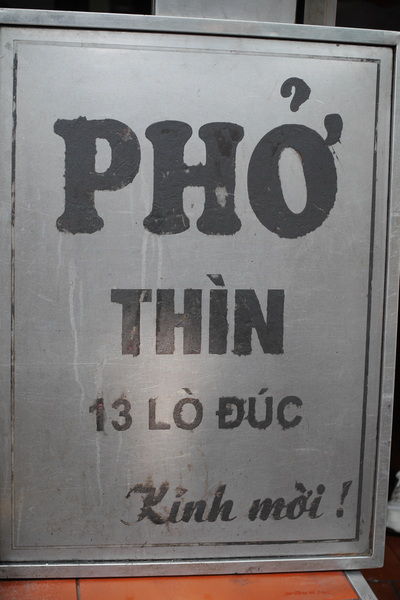
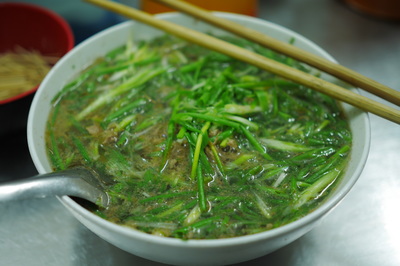
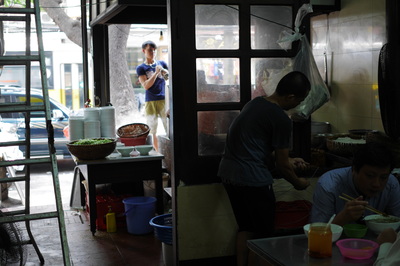
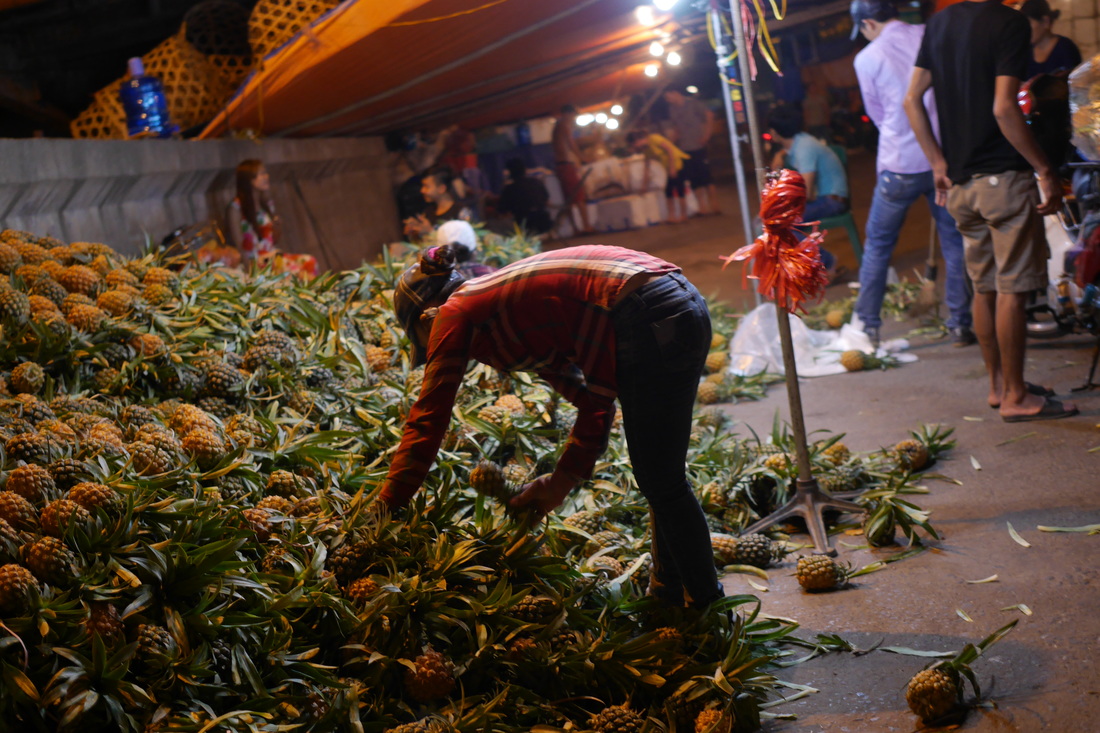
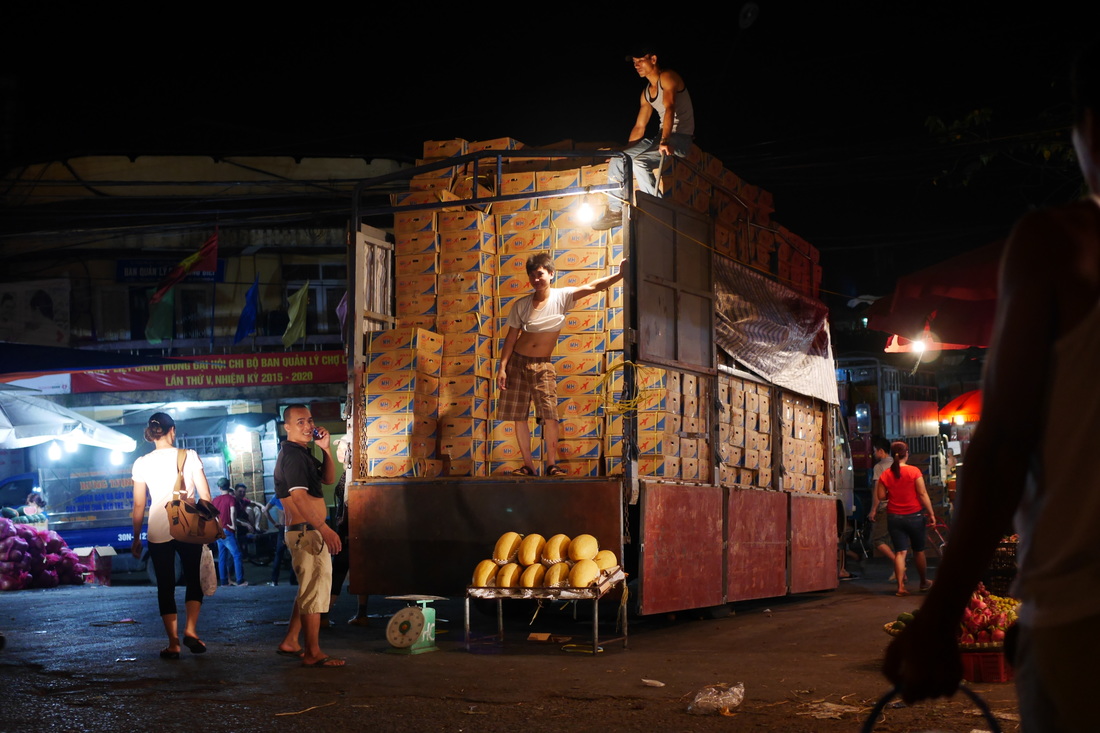
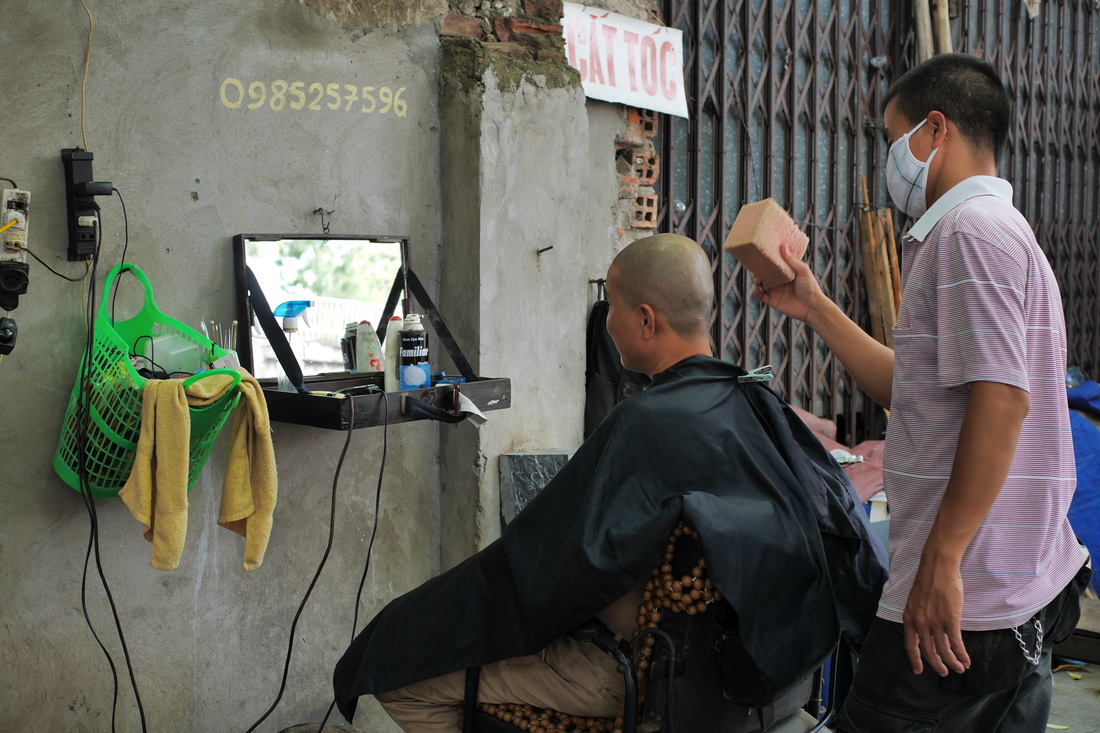
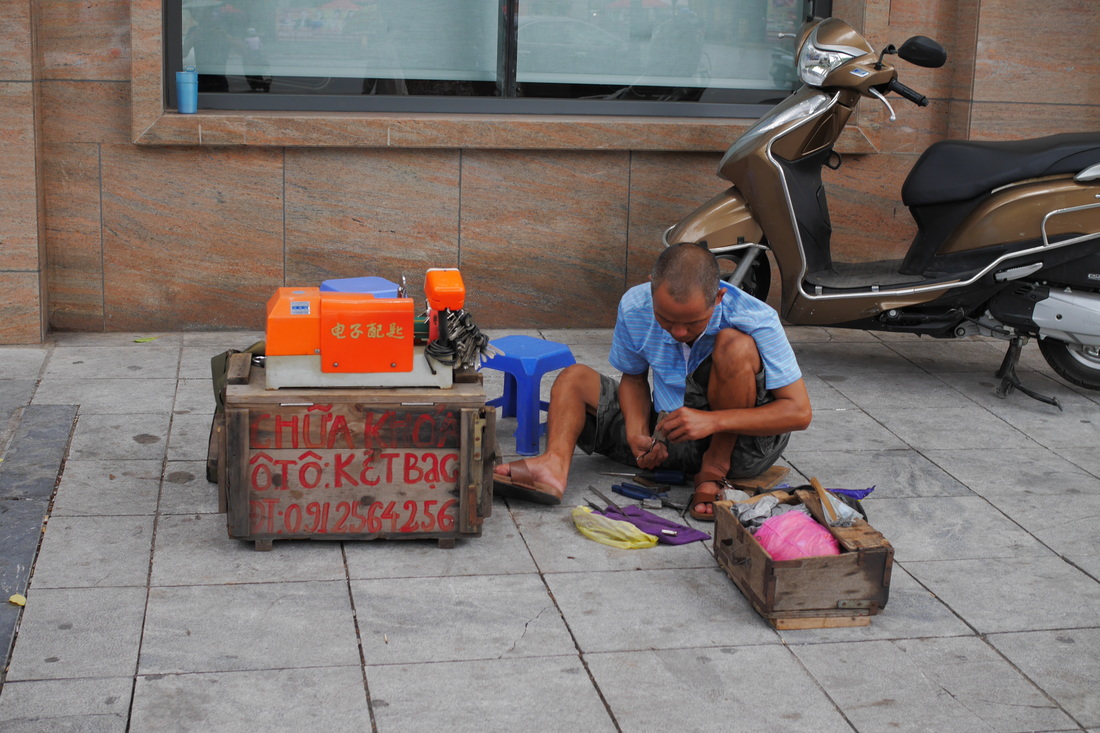
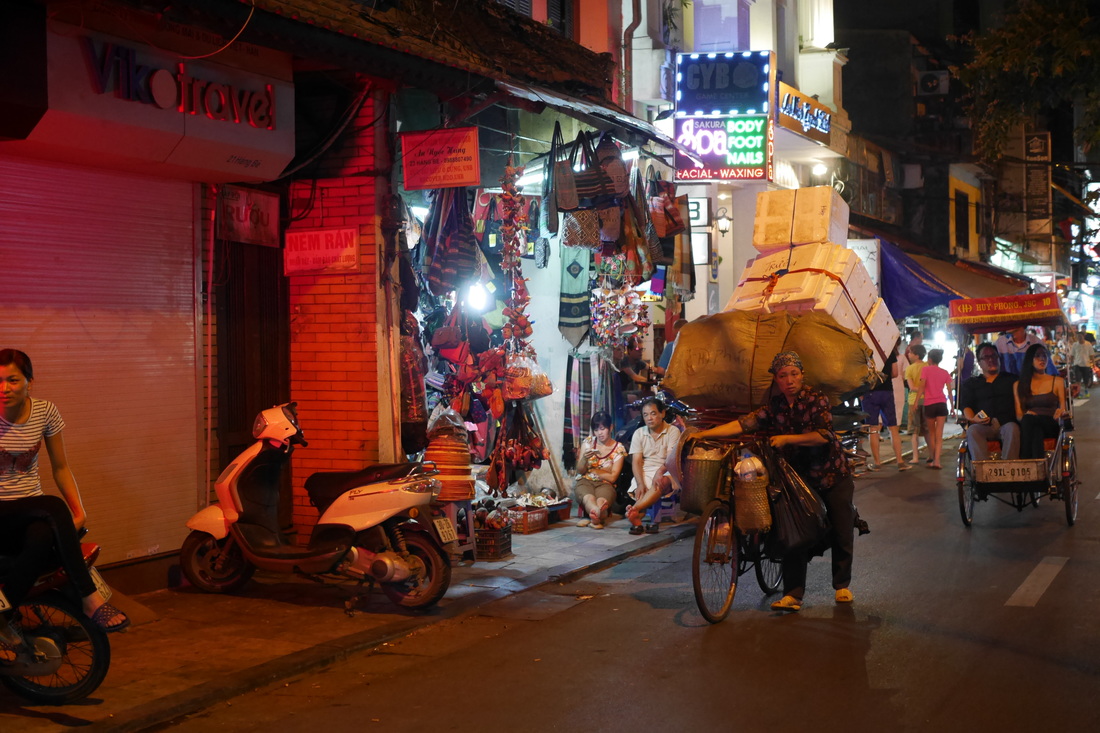

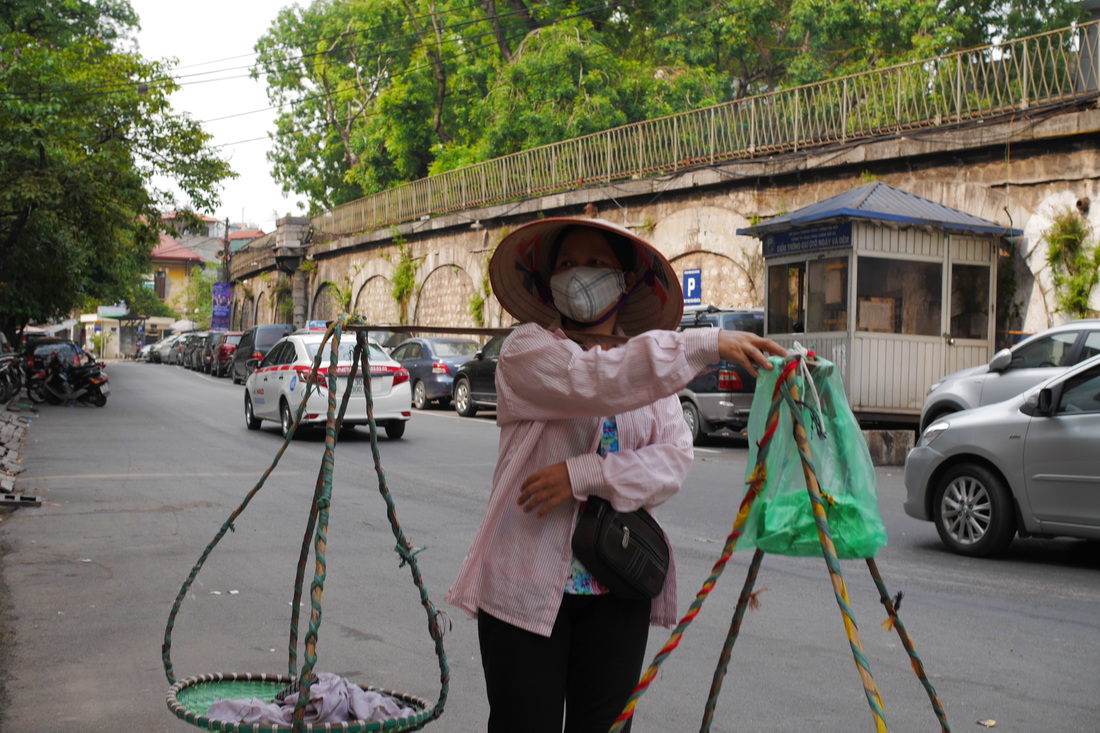
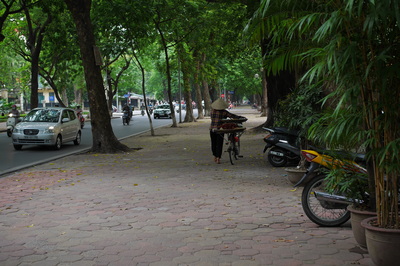

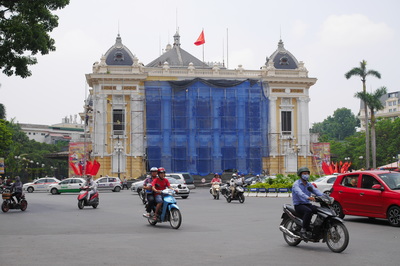
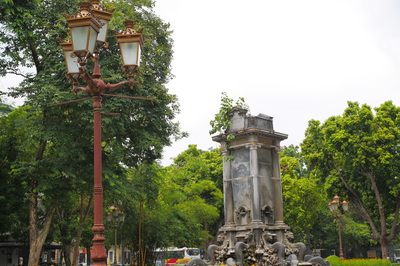
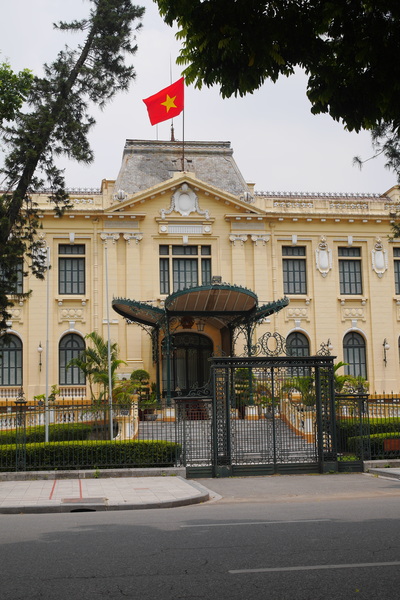

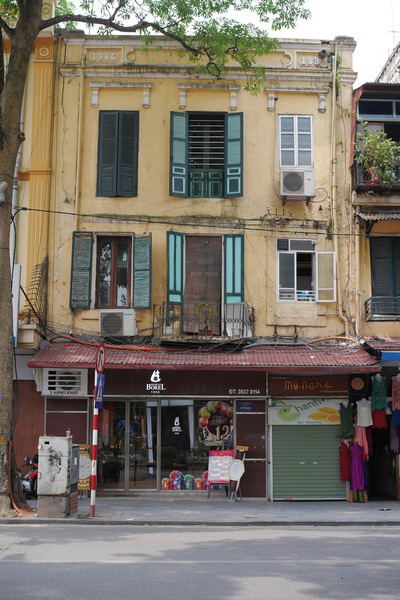
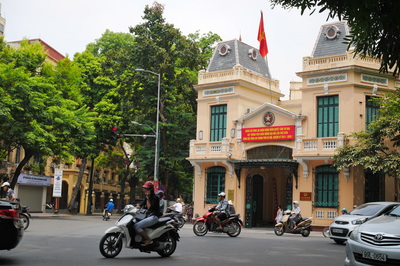
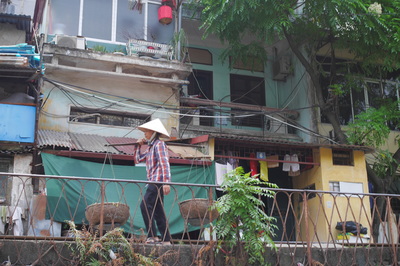
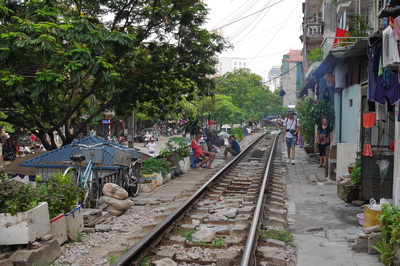
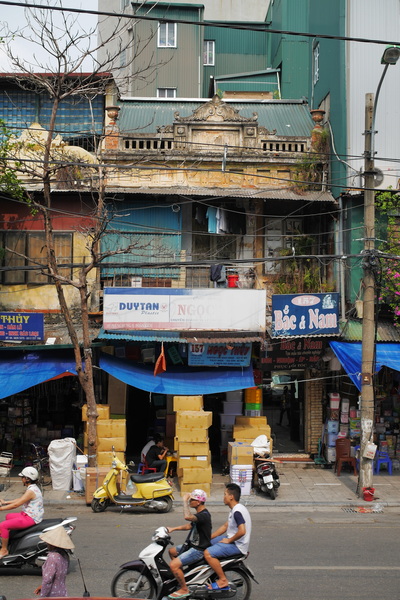
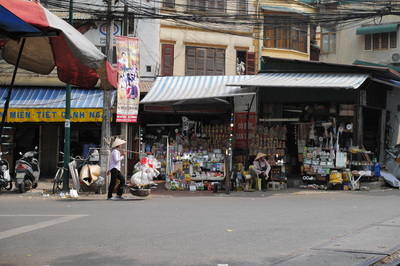
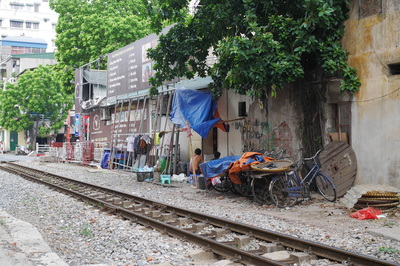
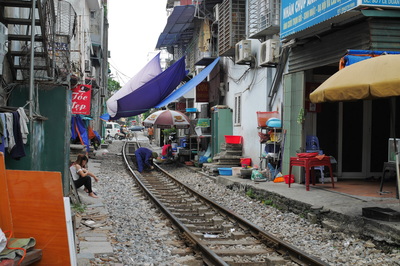
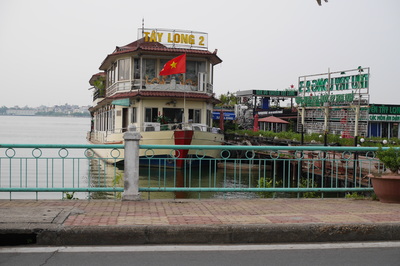
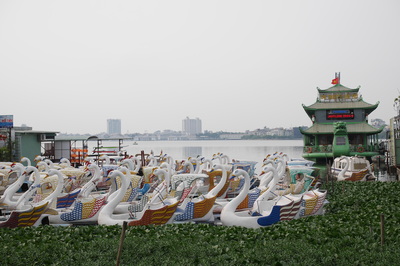
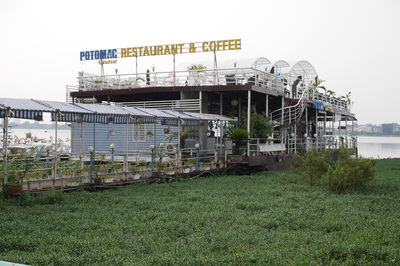
 RSS Feed
RSS Feed
